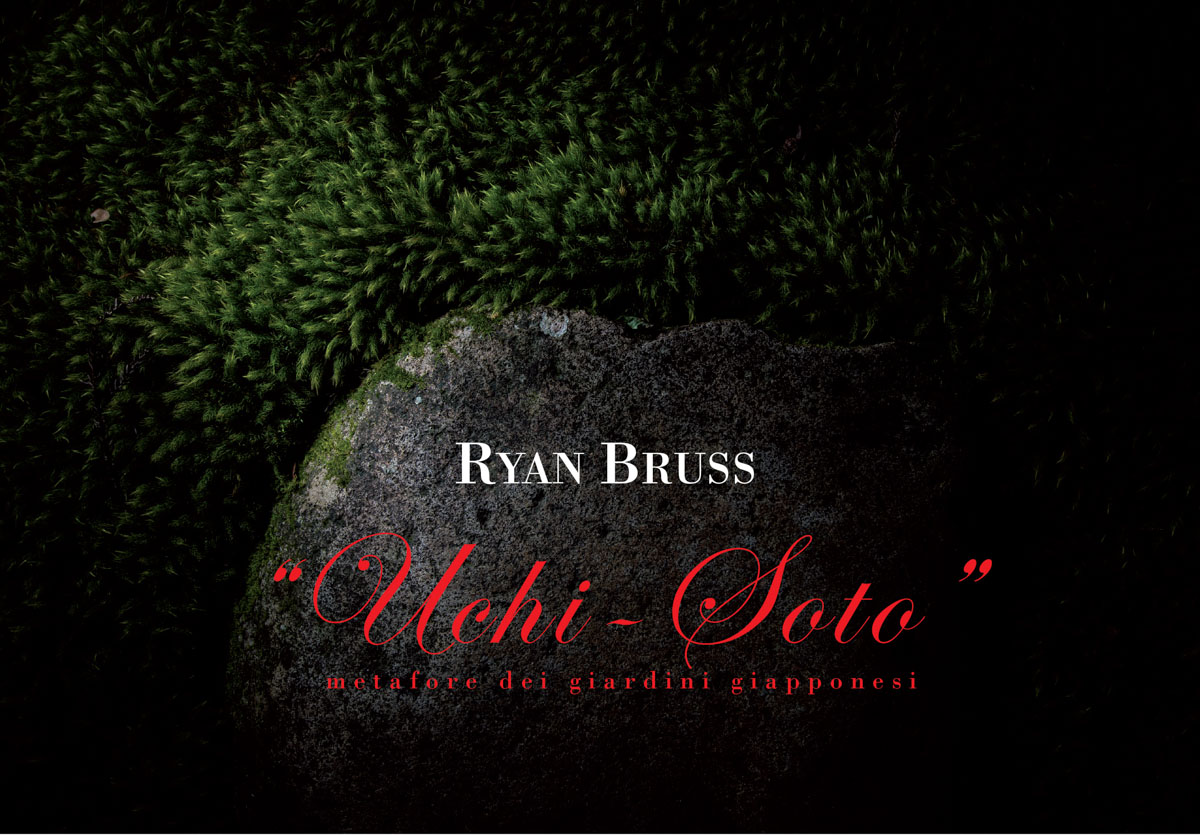


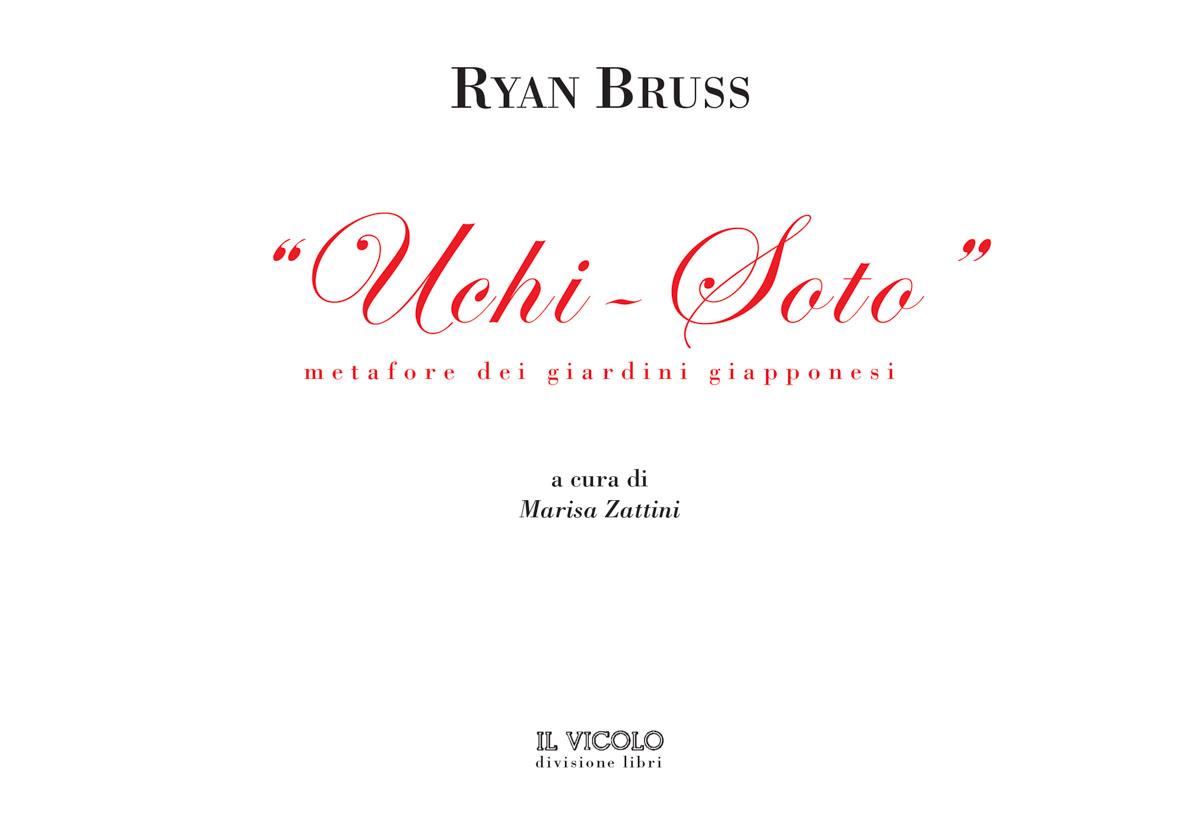
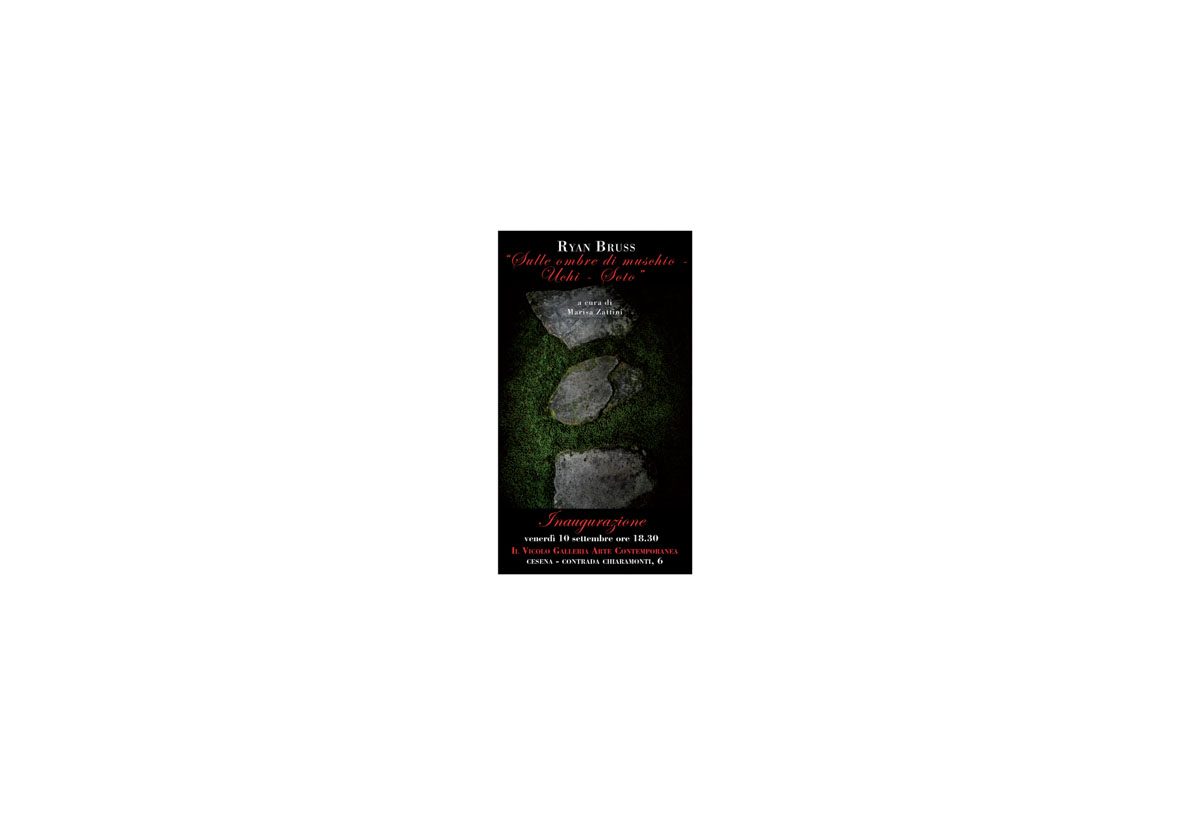
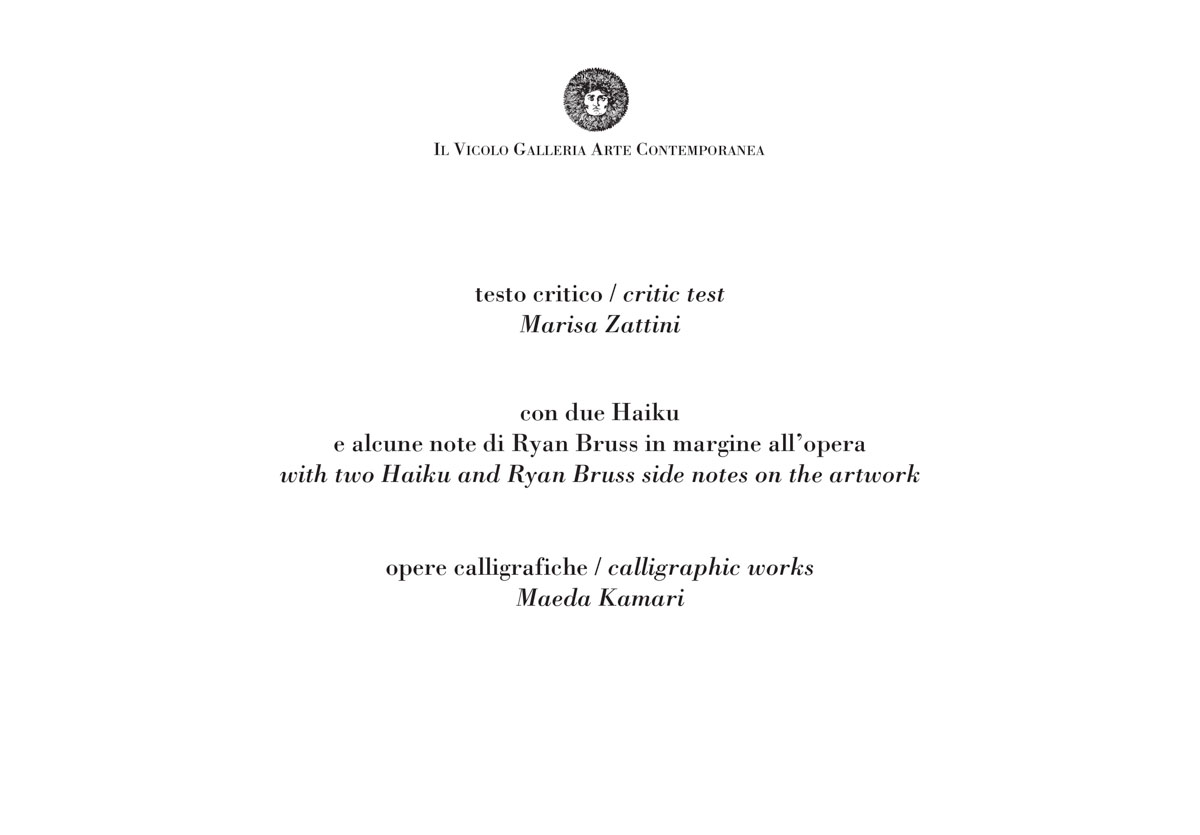

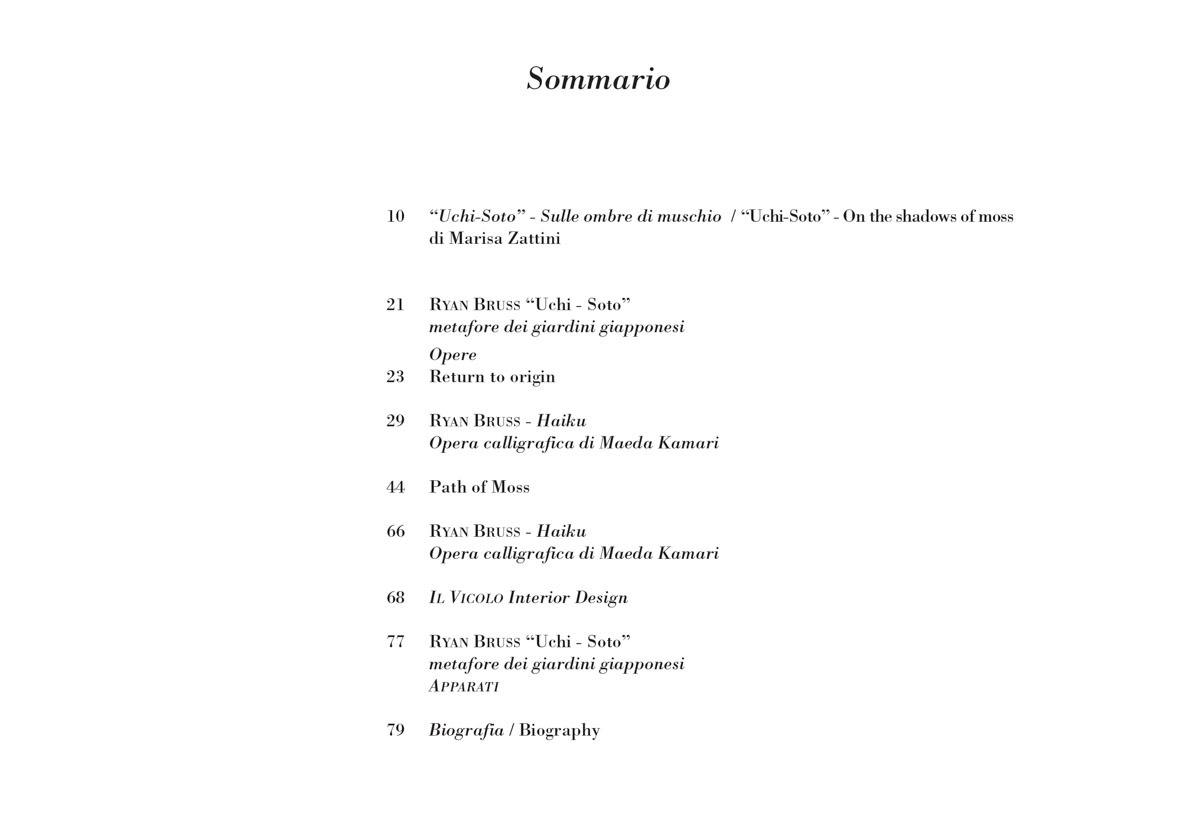
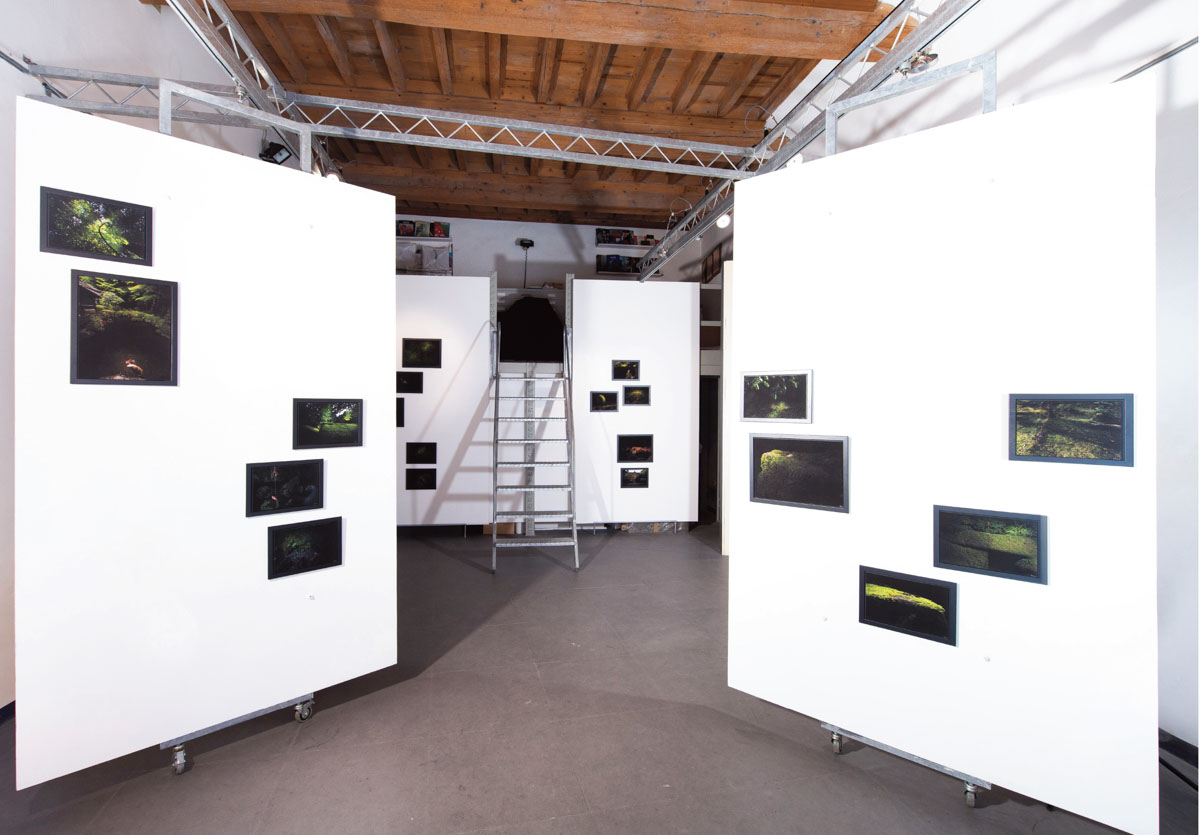
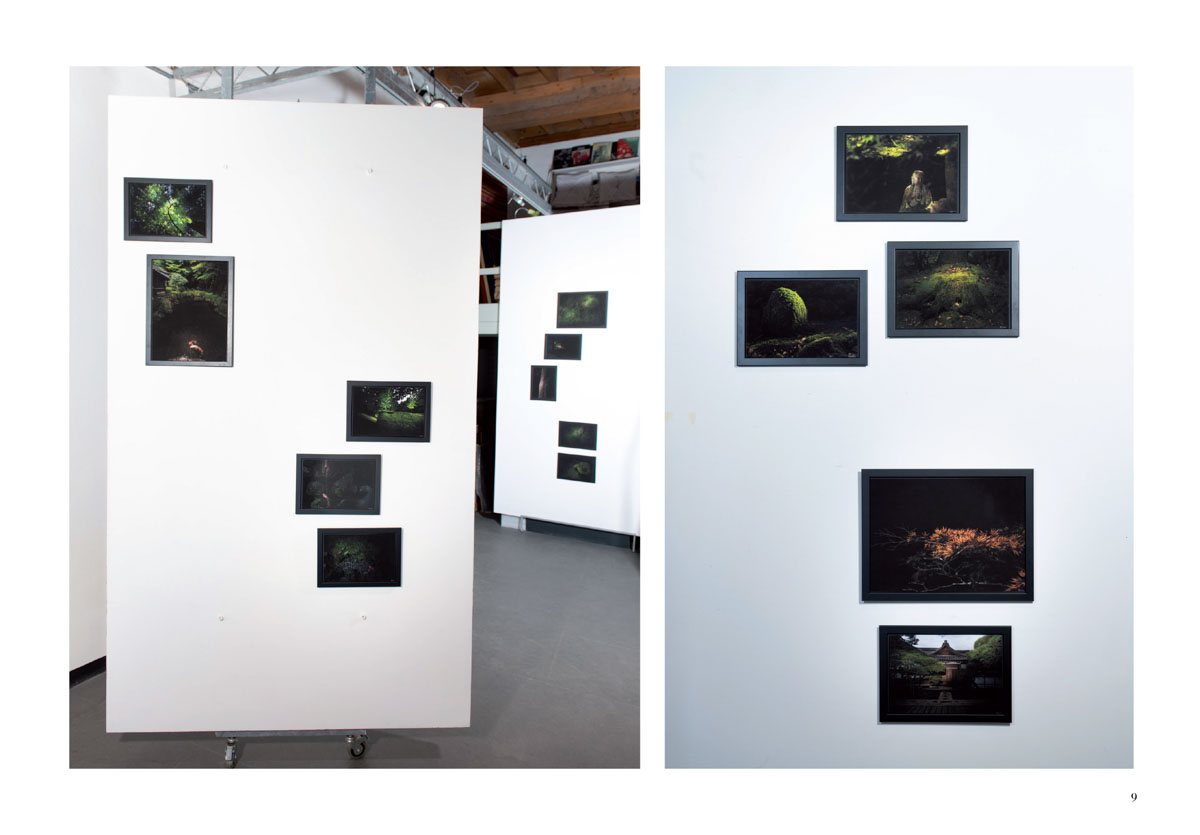
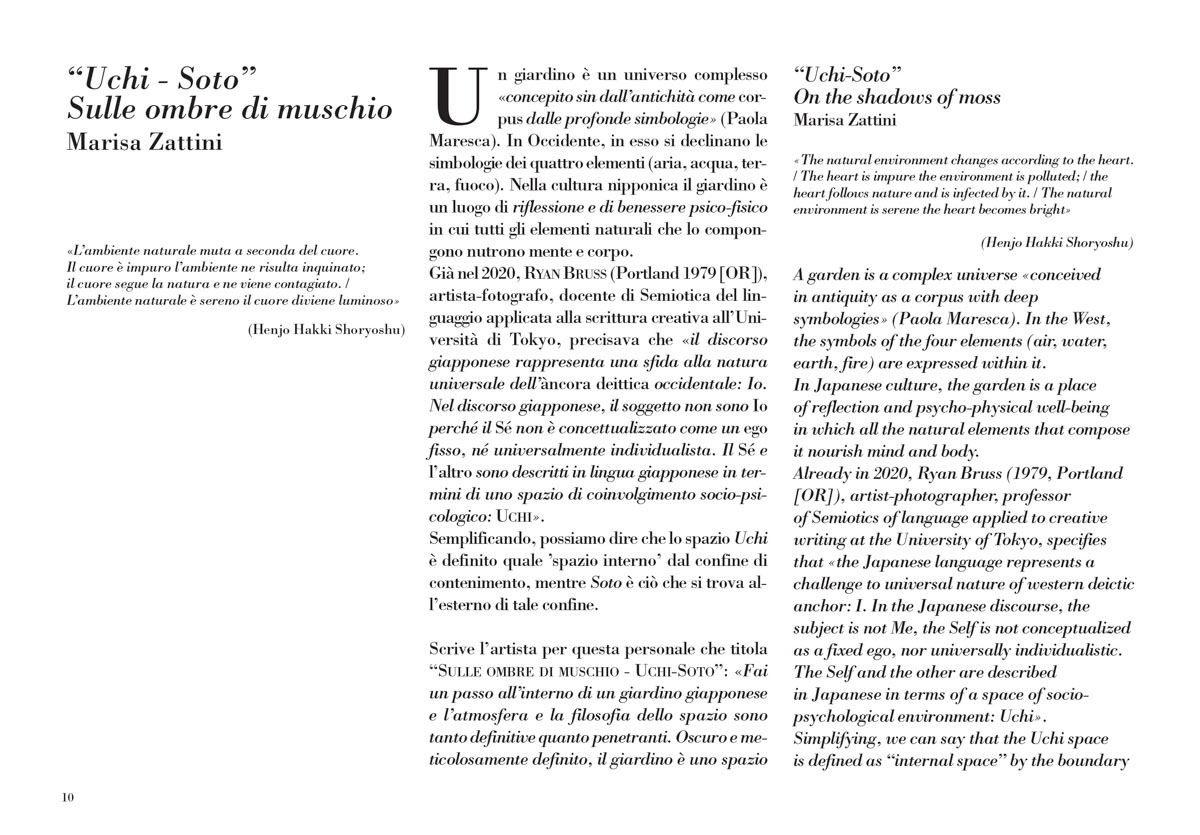
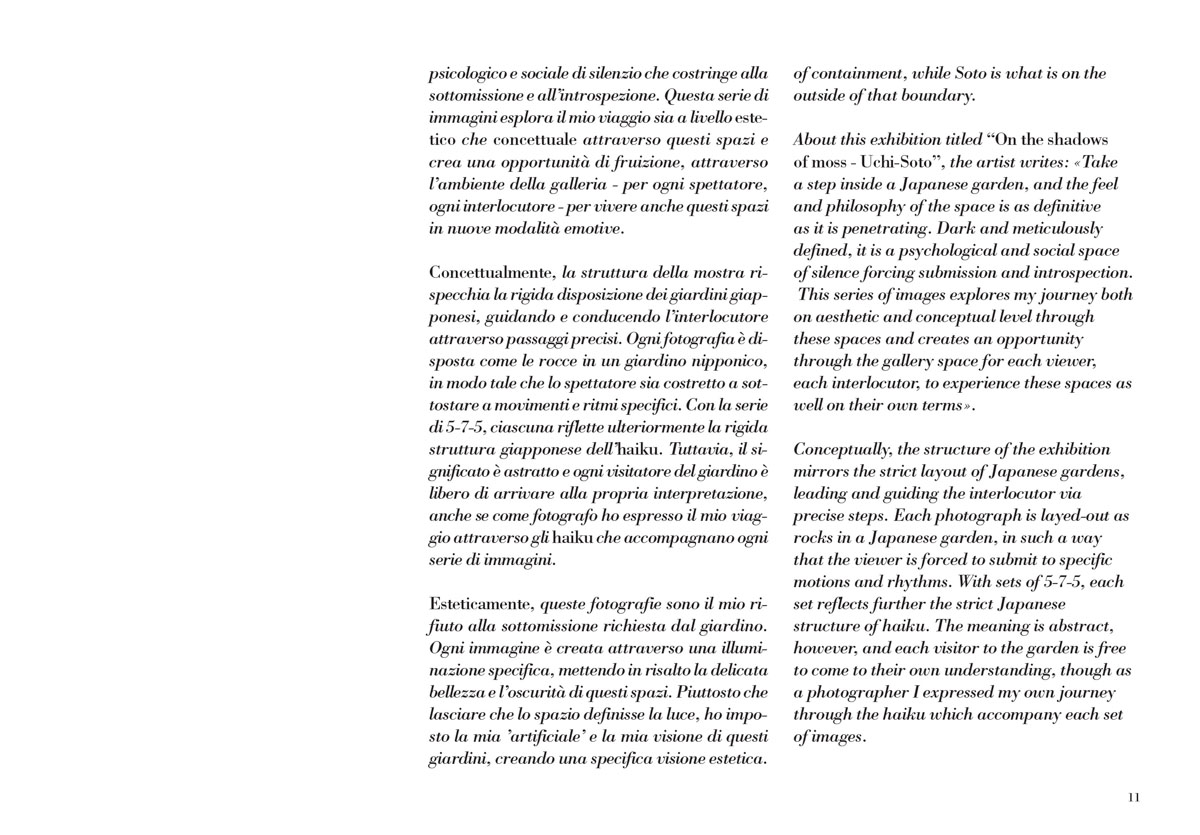
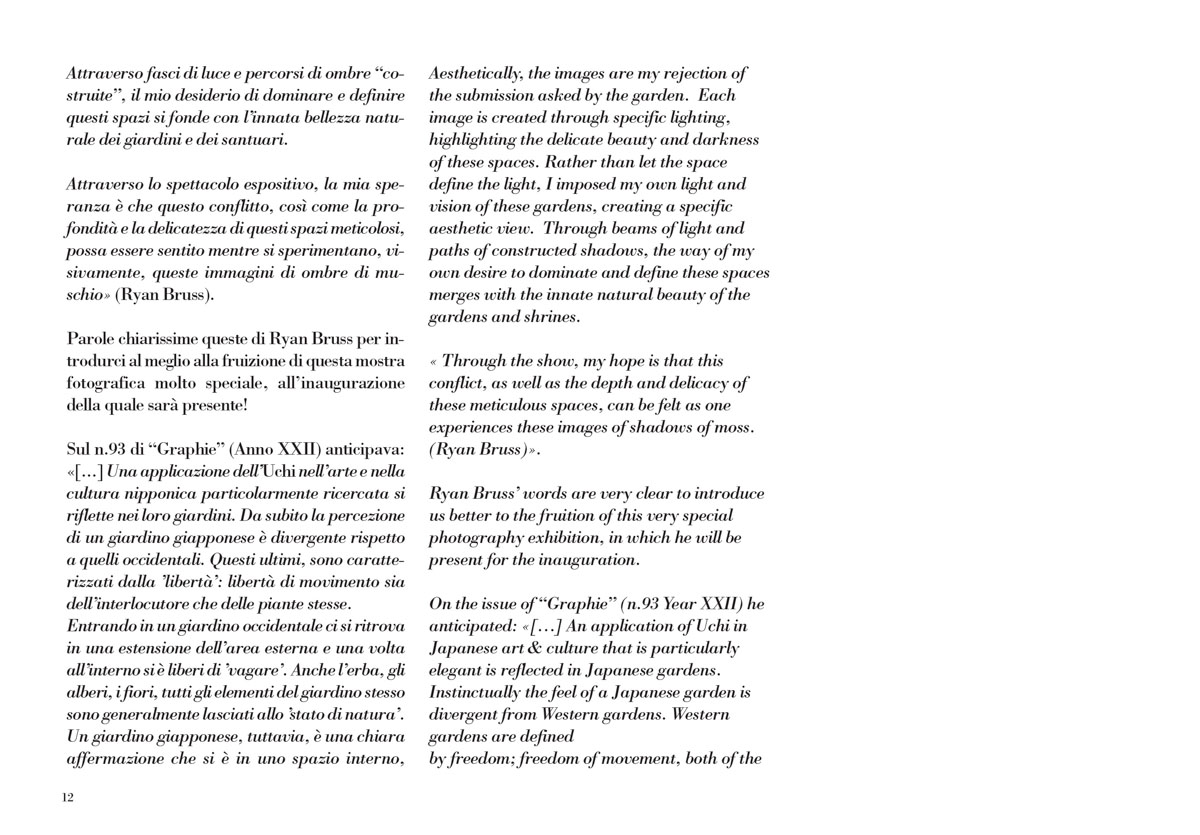

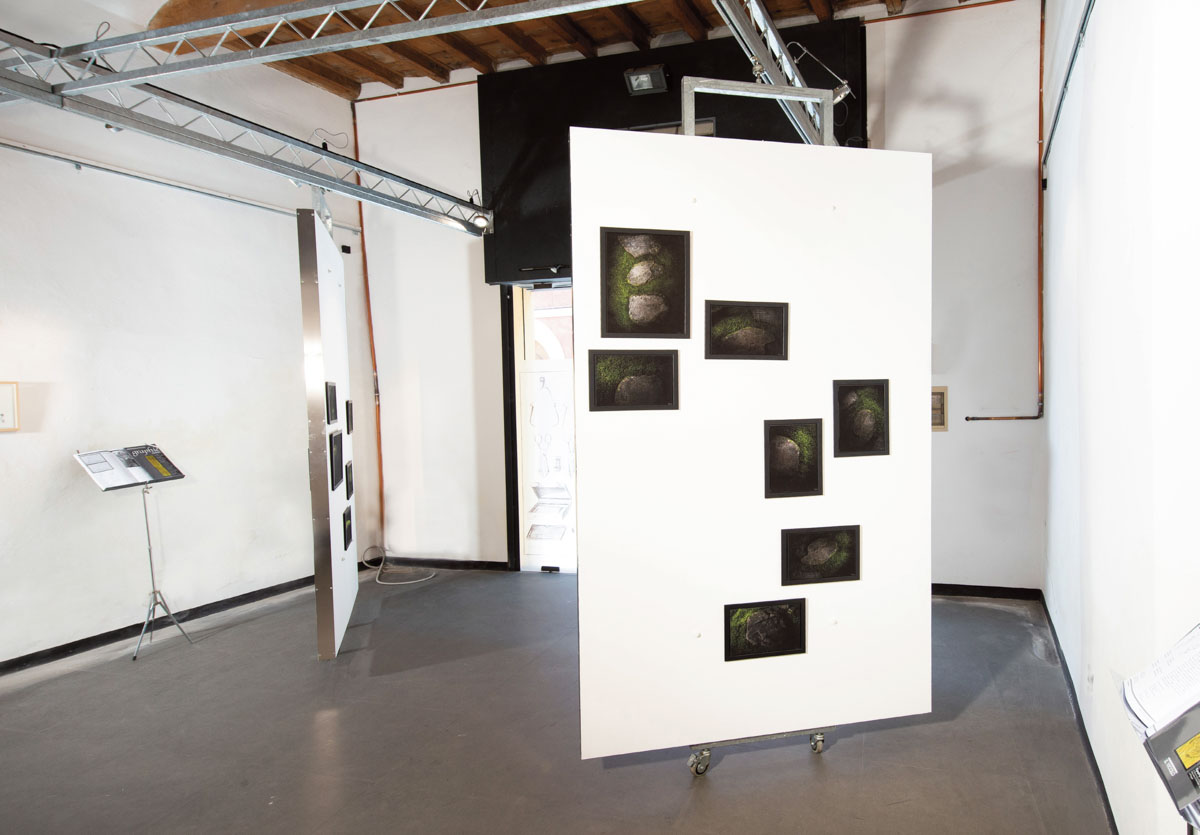
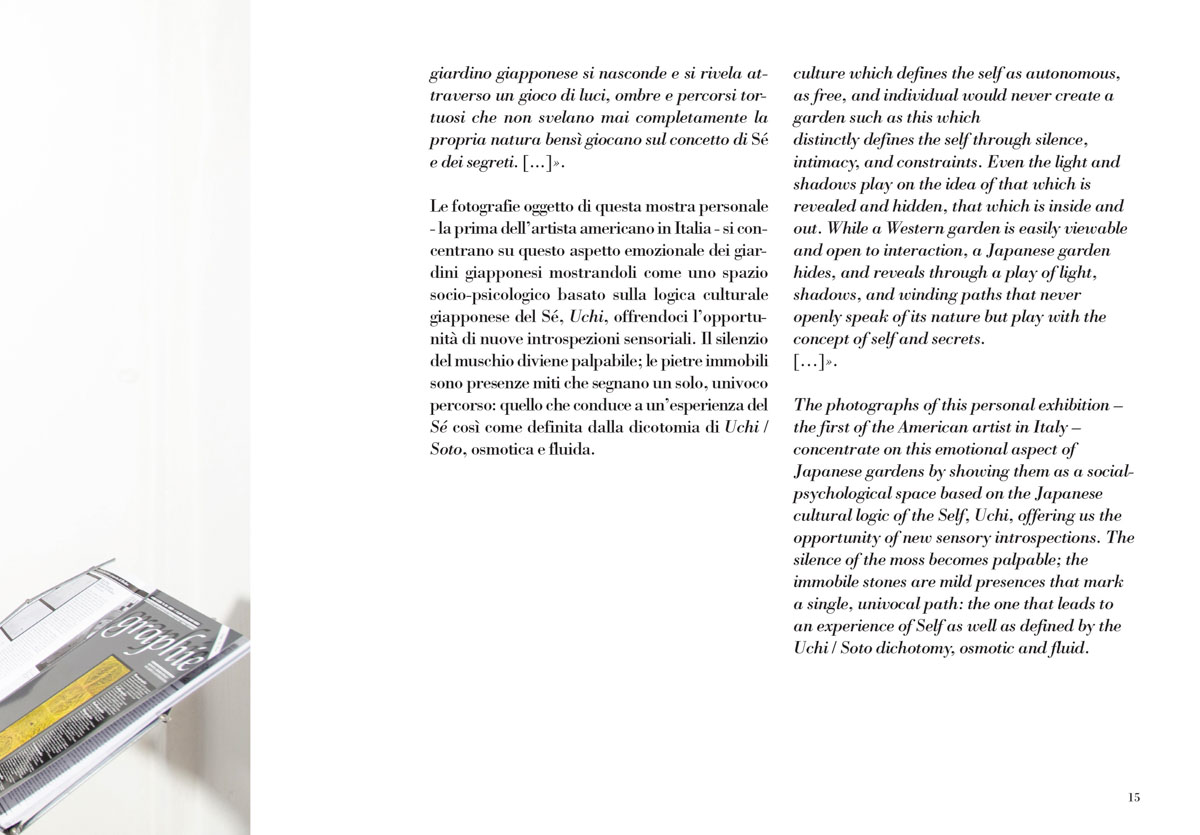

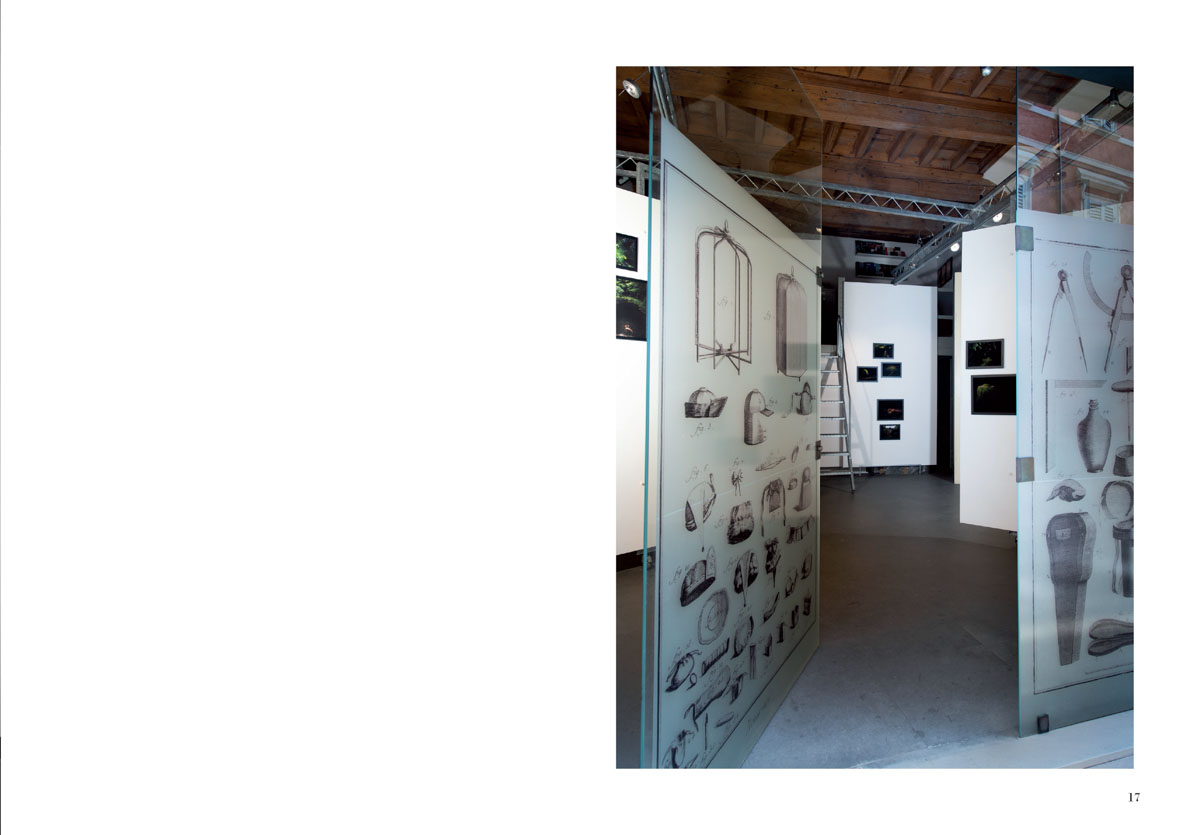
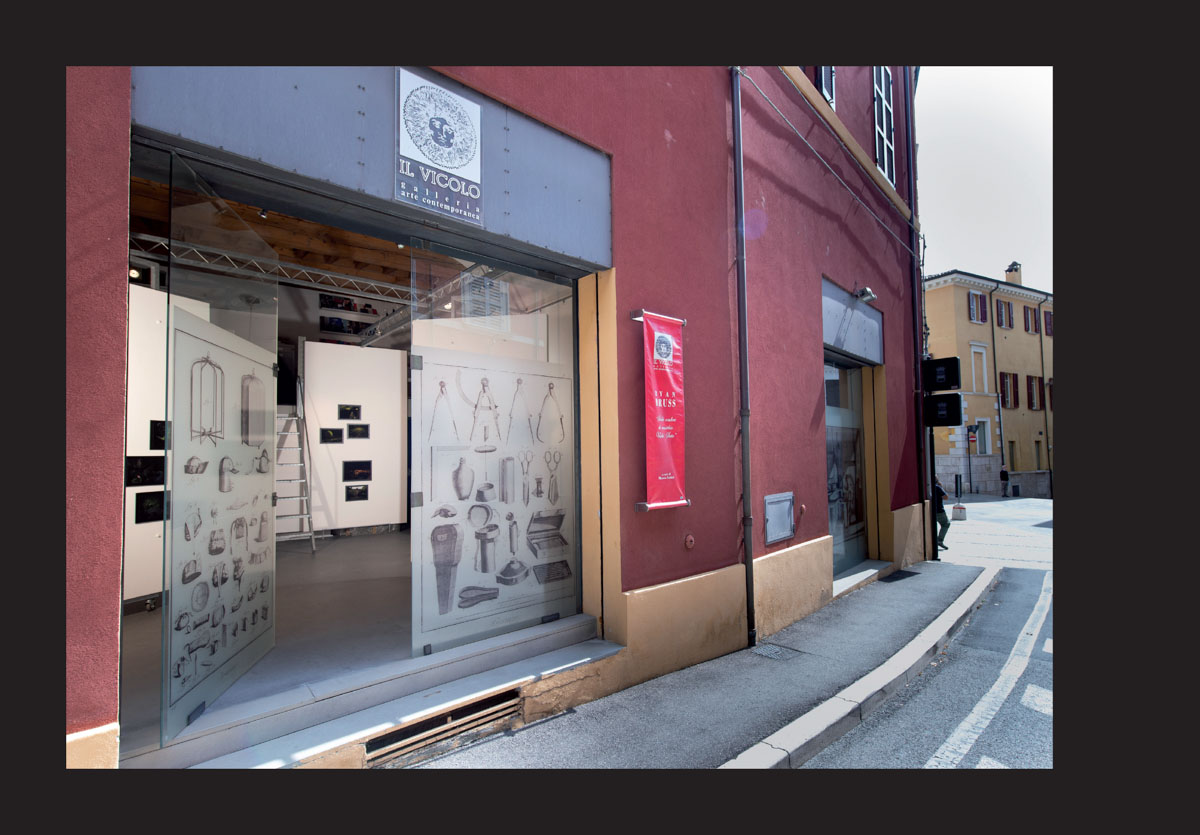
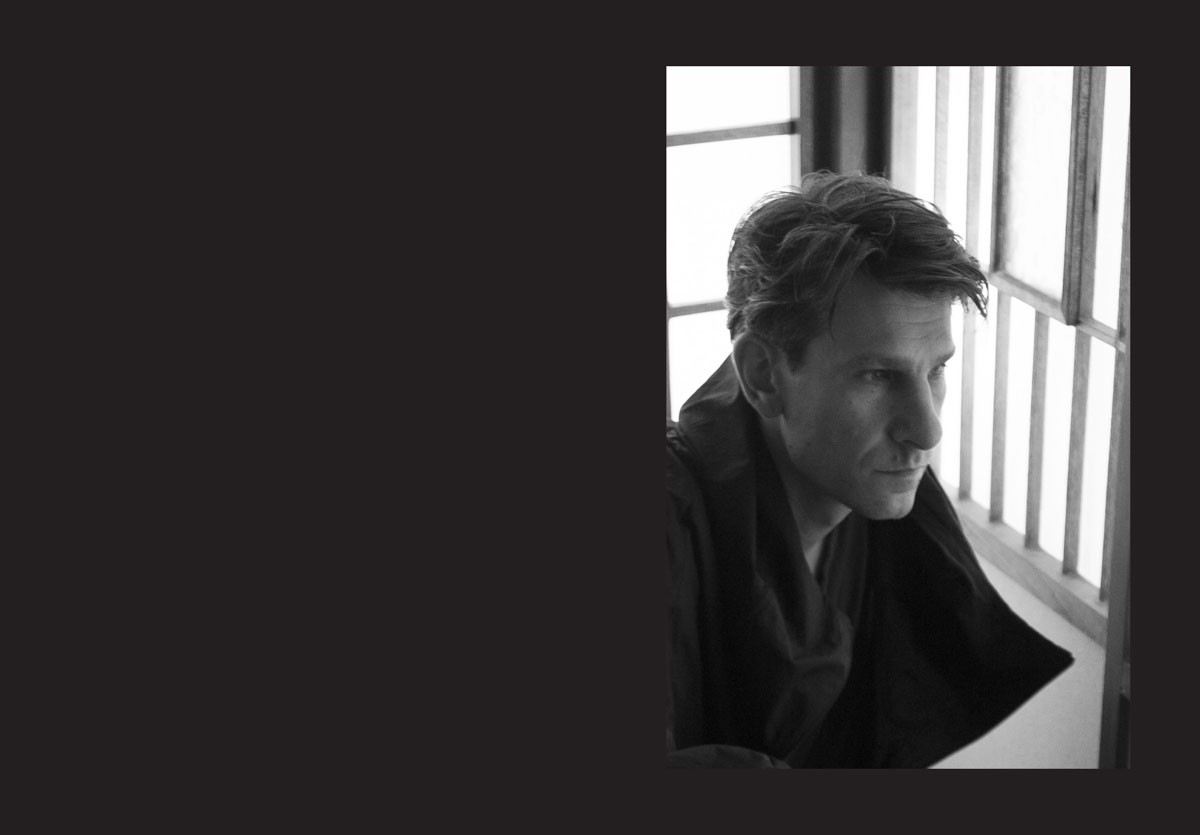
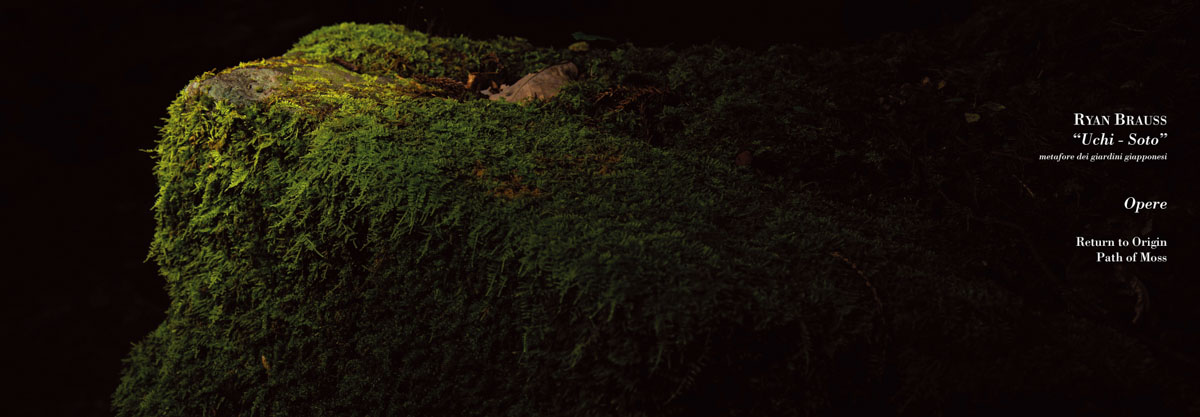
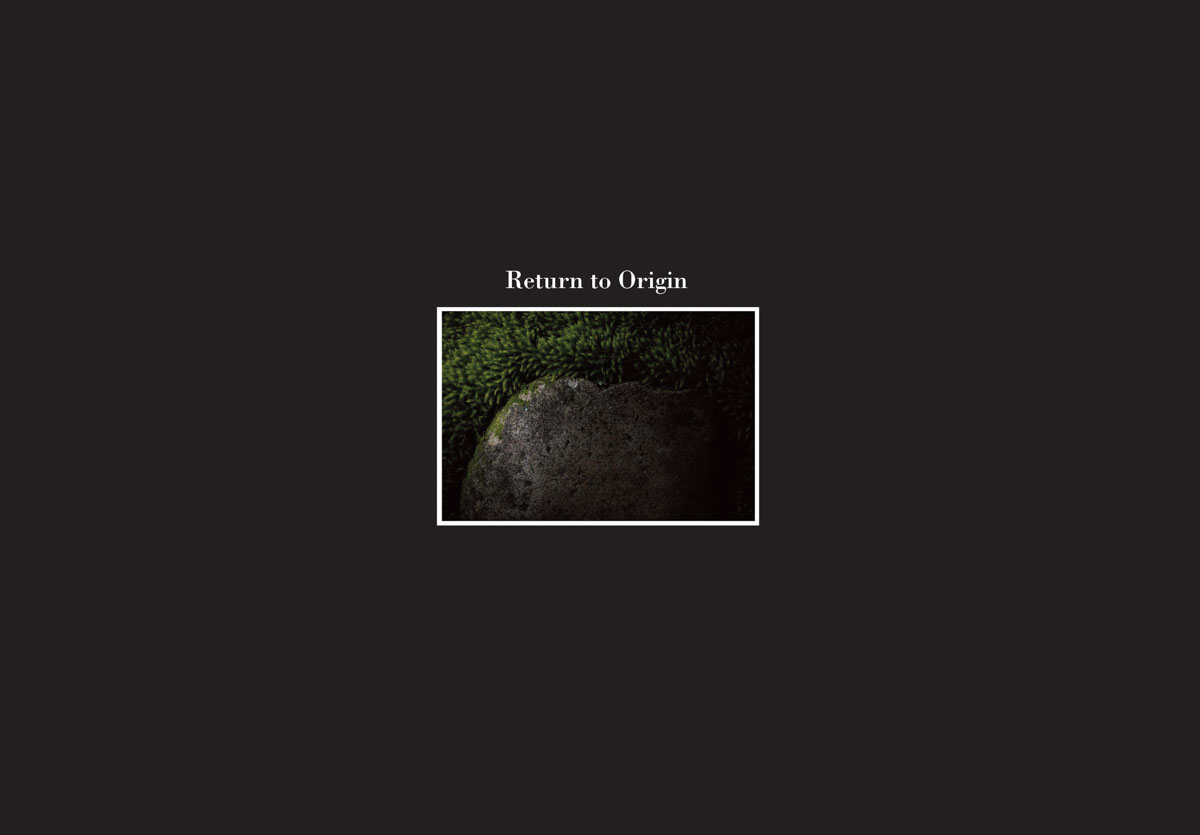
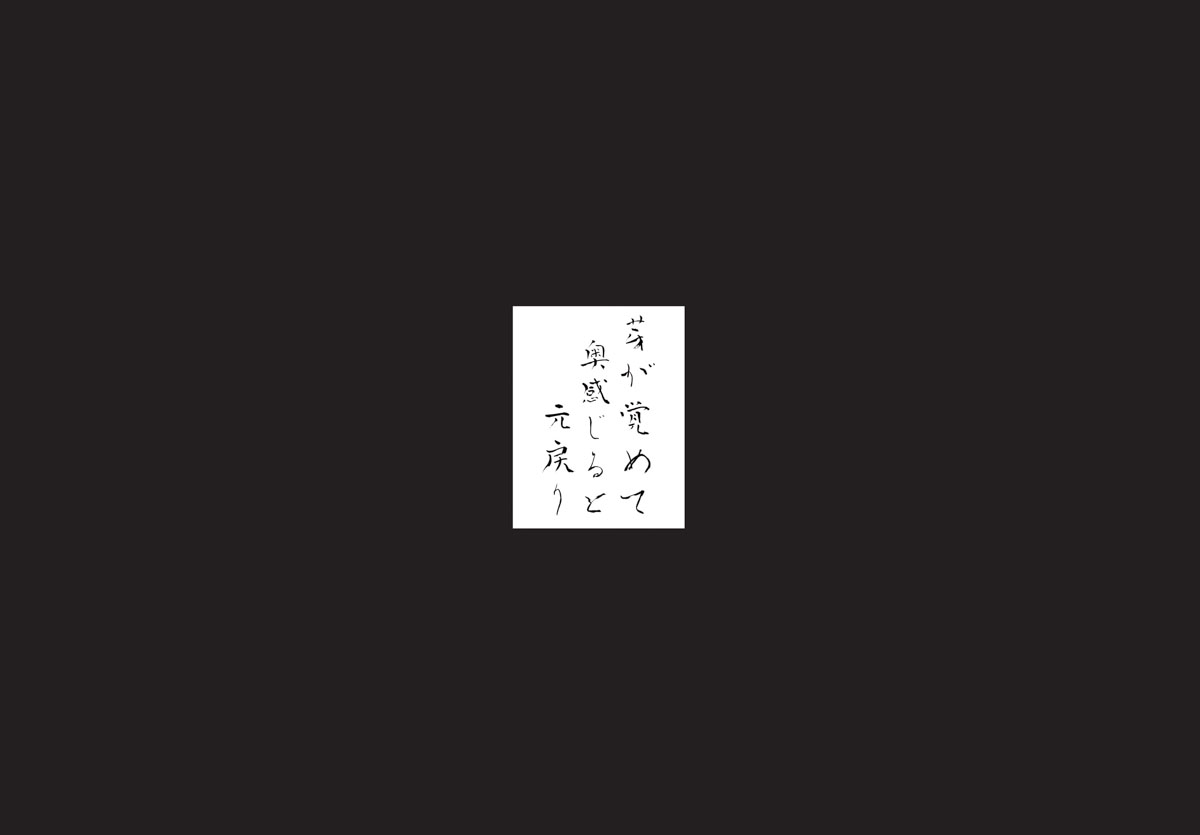
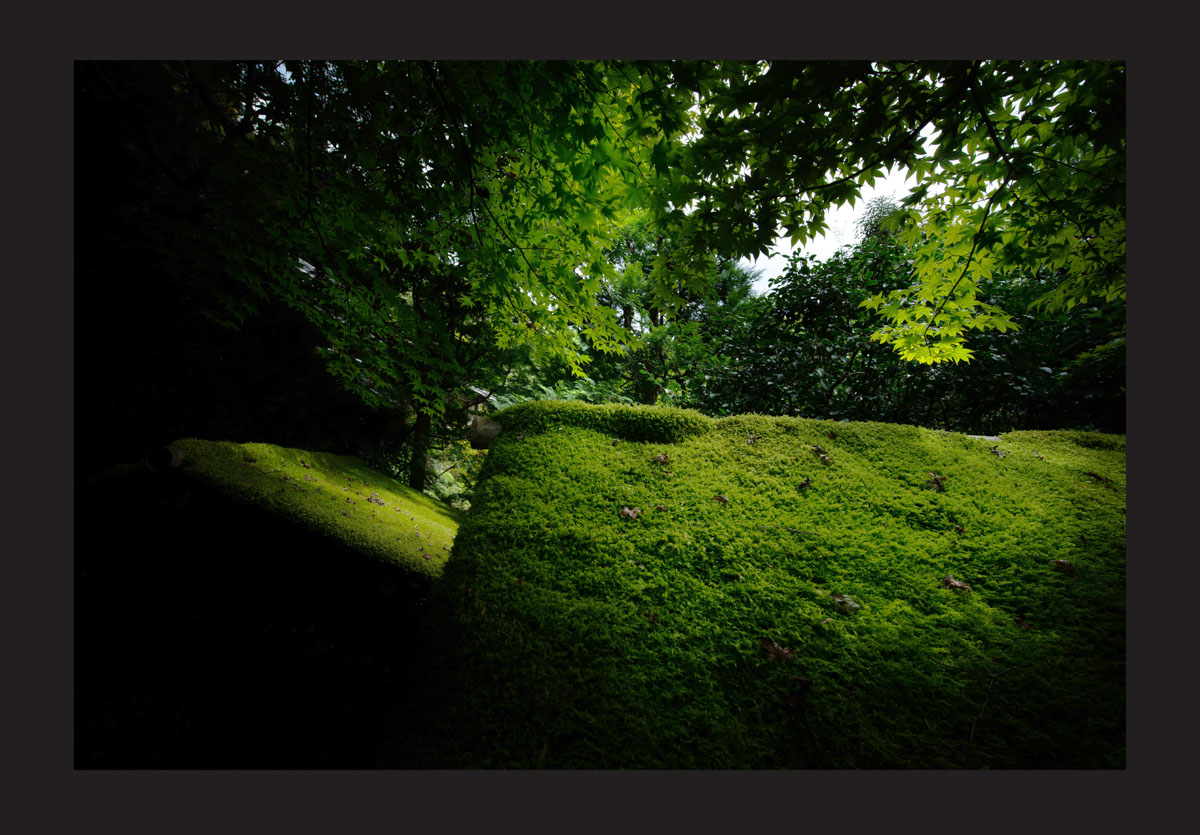
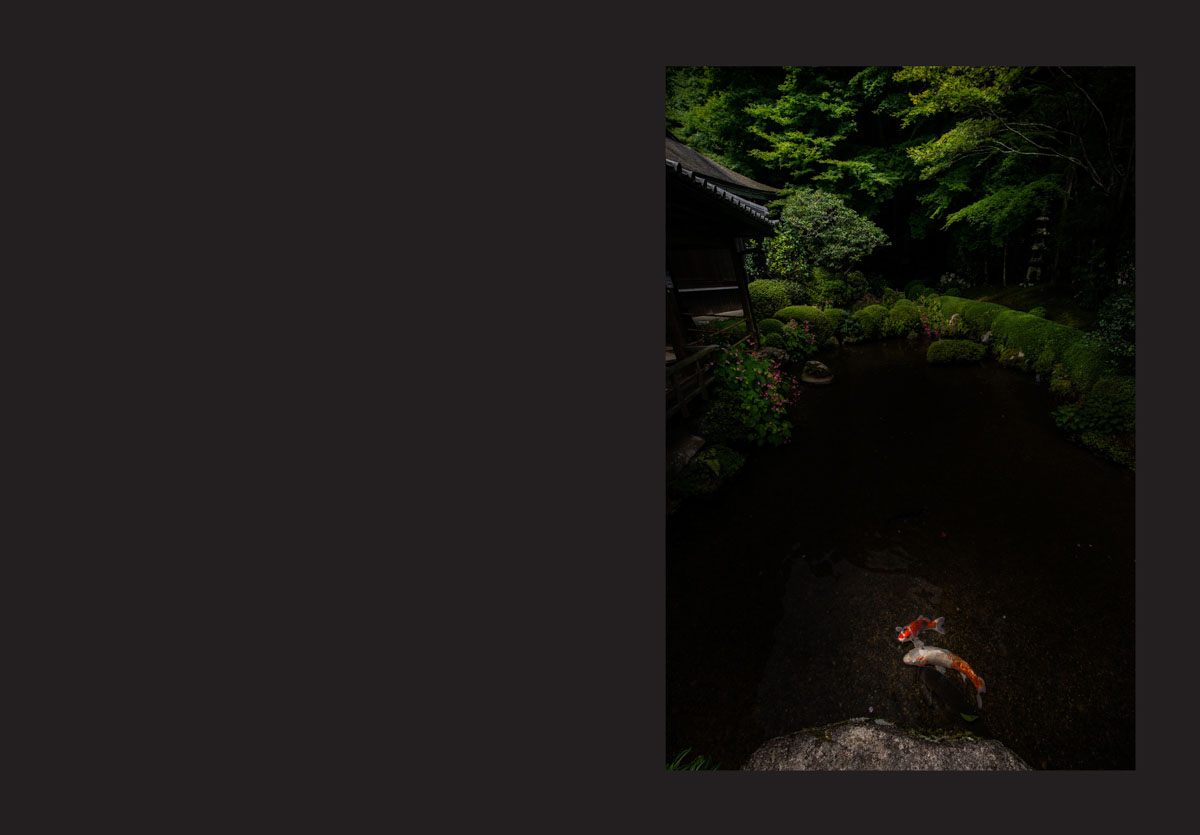
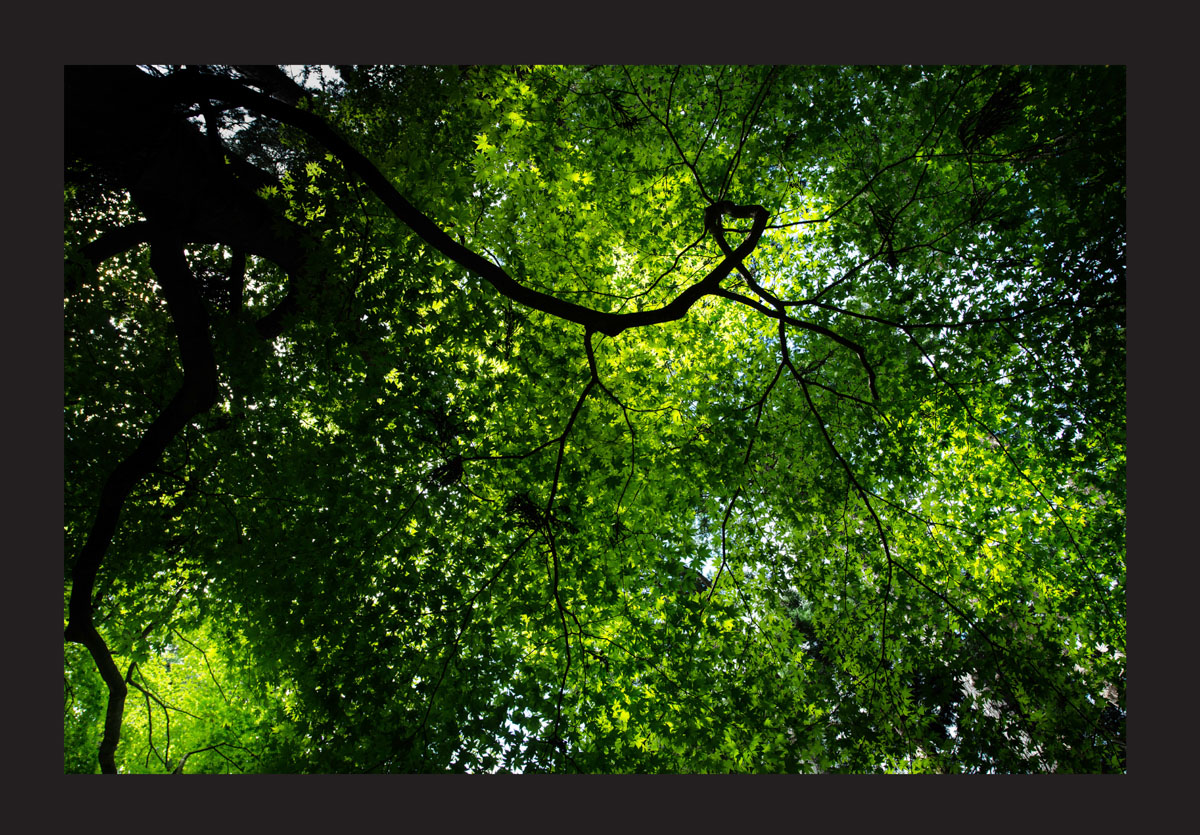
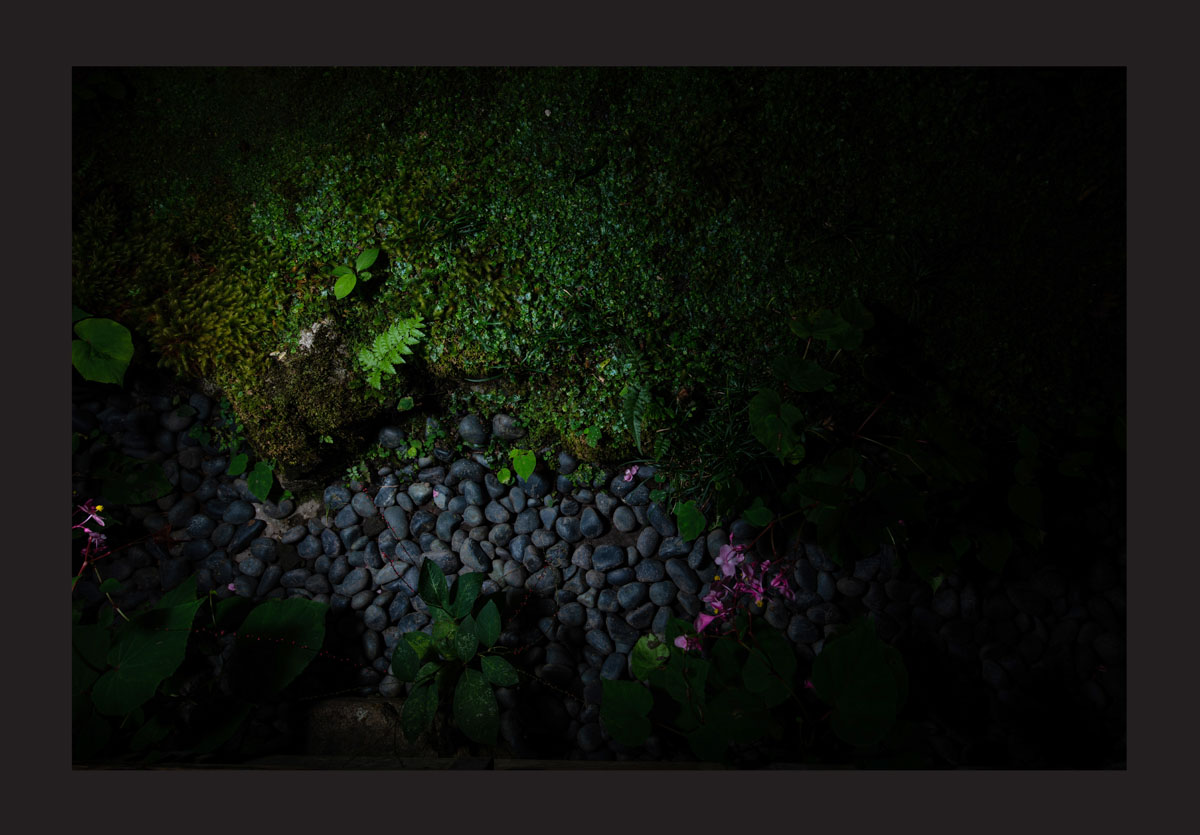
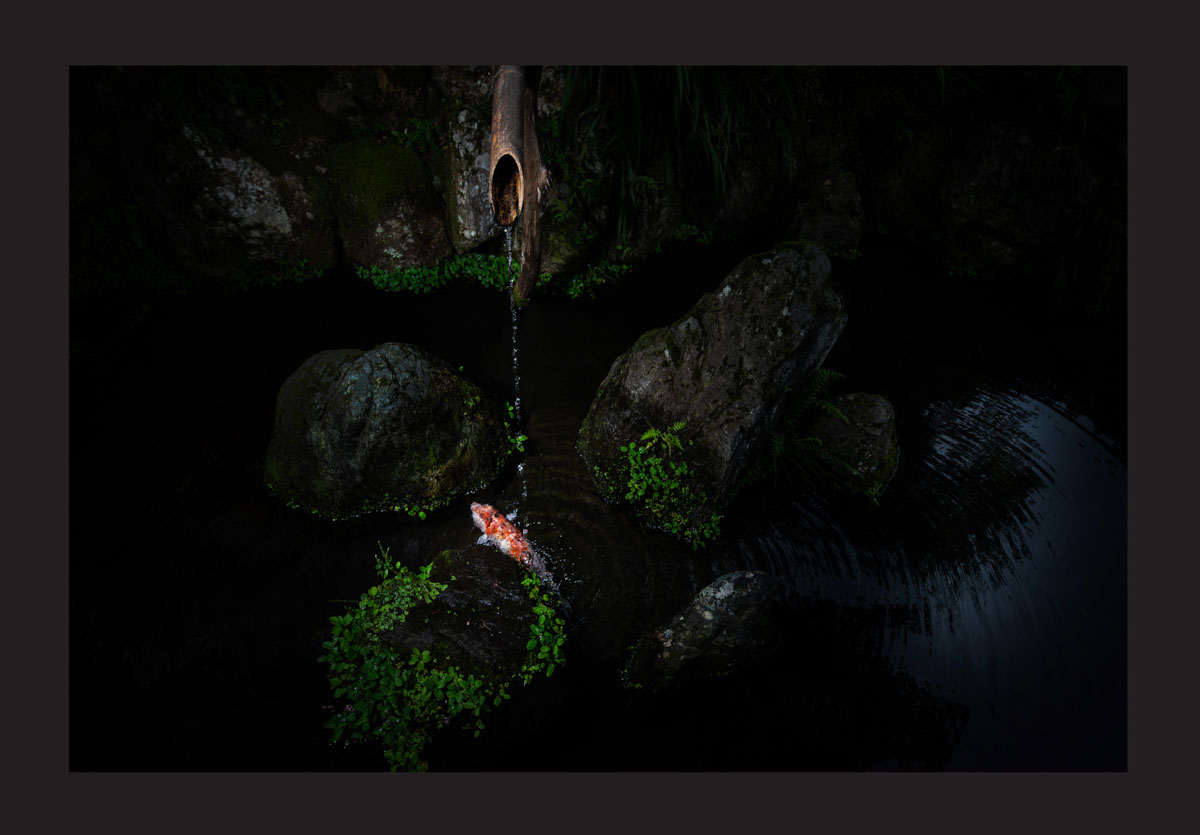
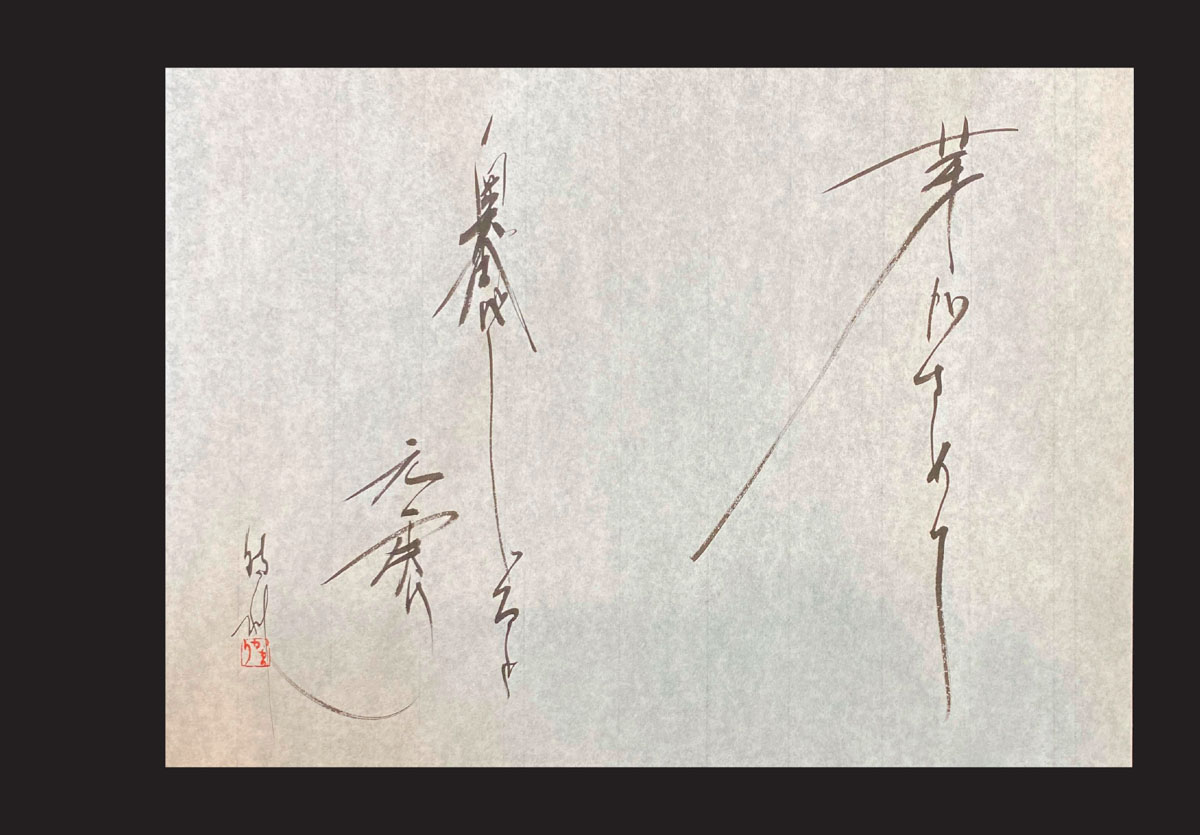
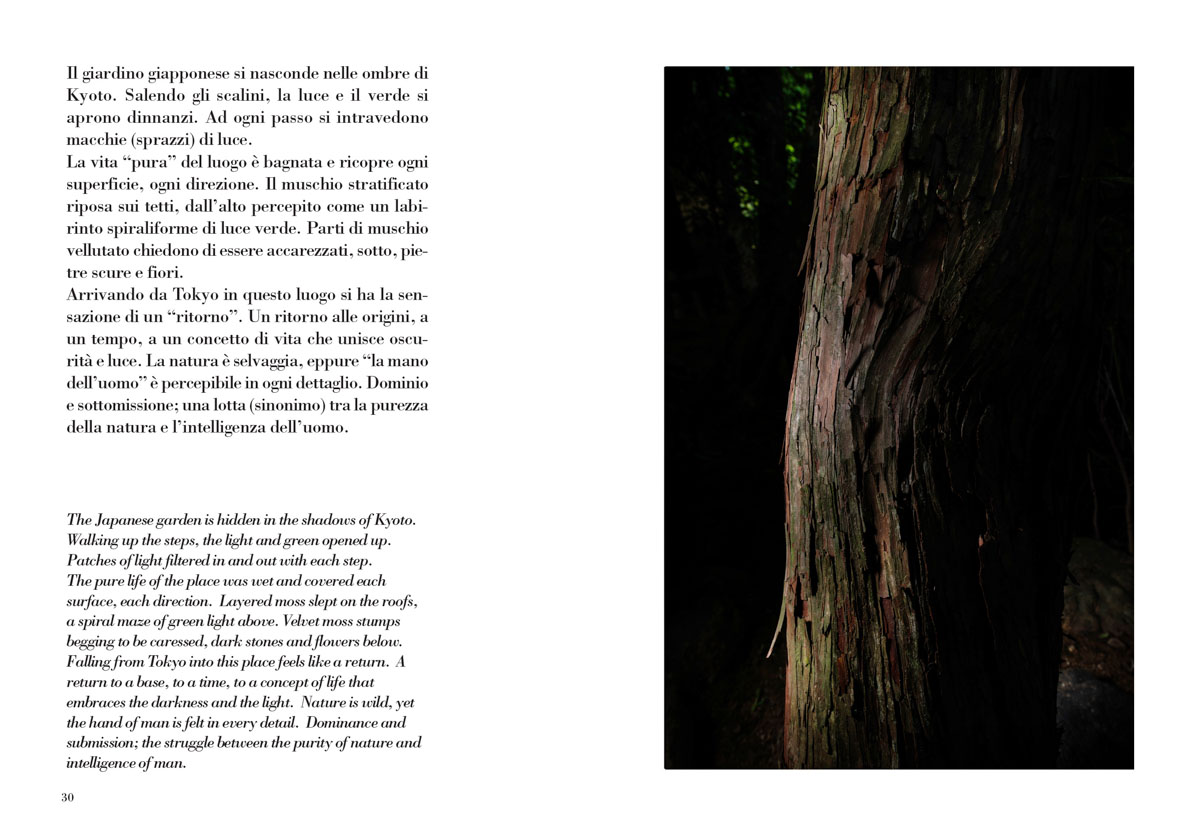
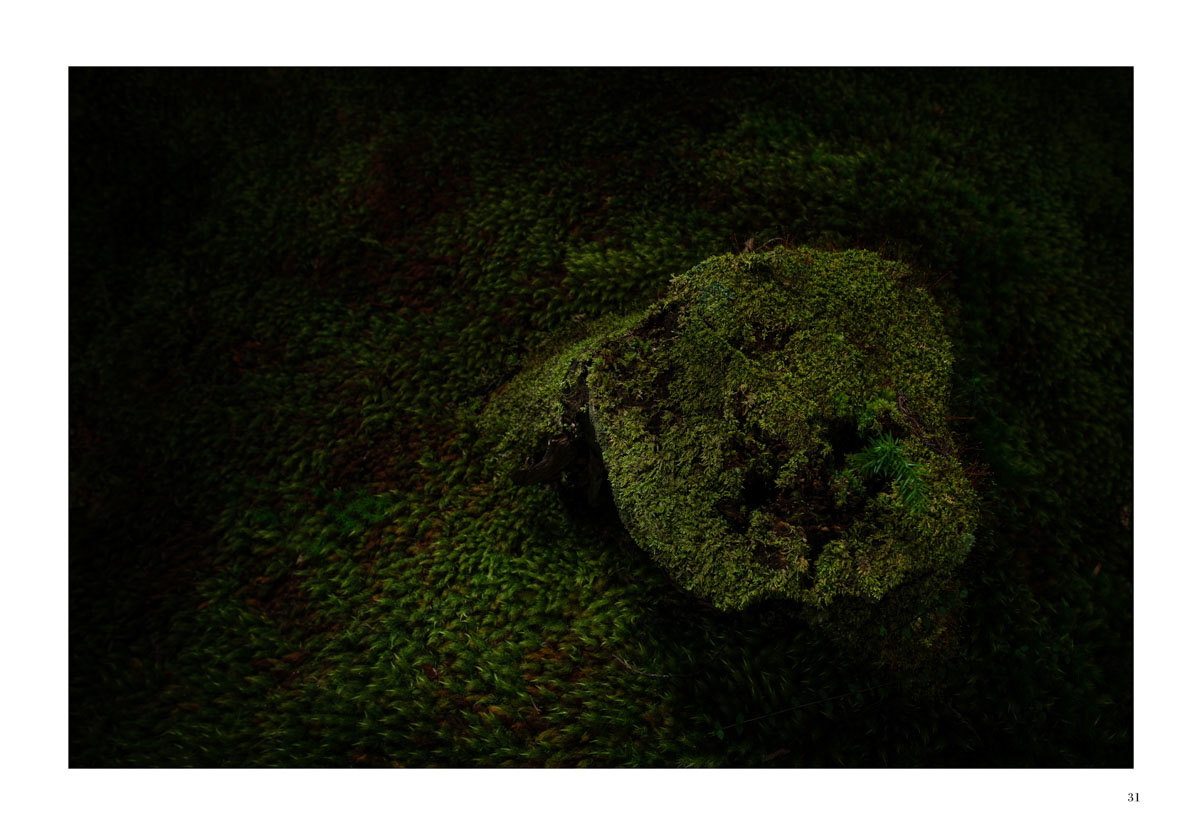
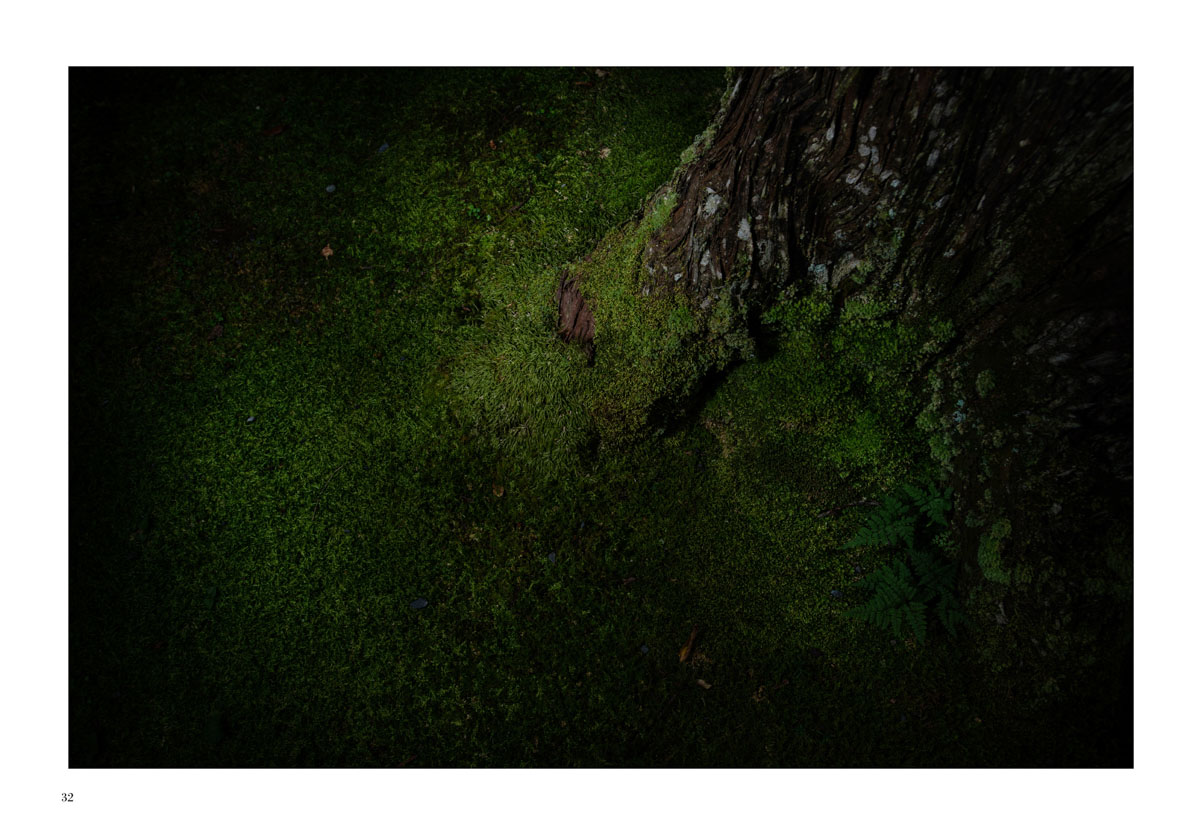
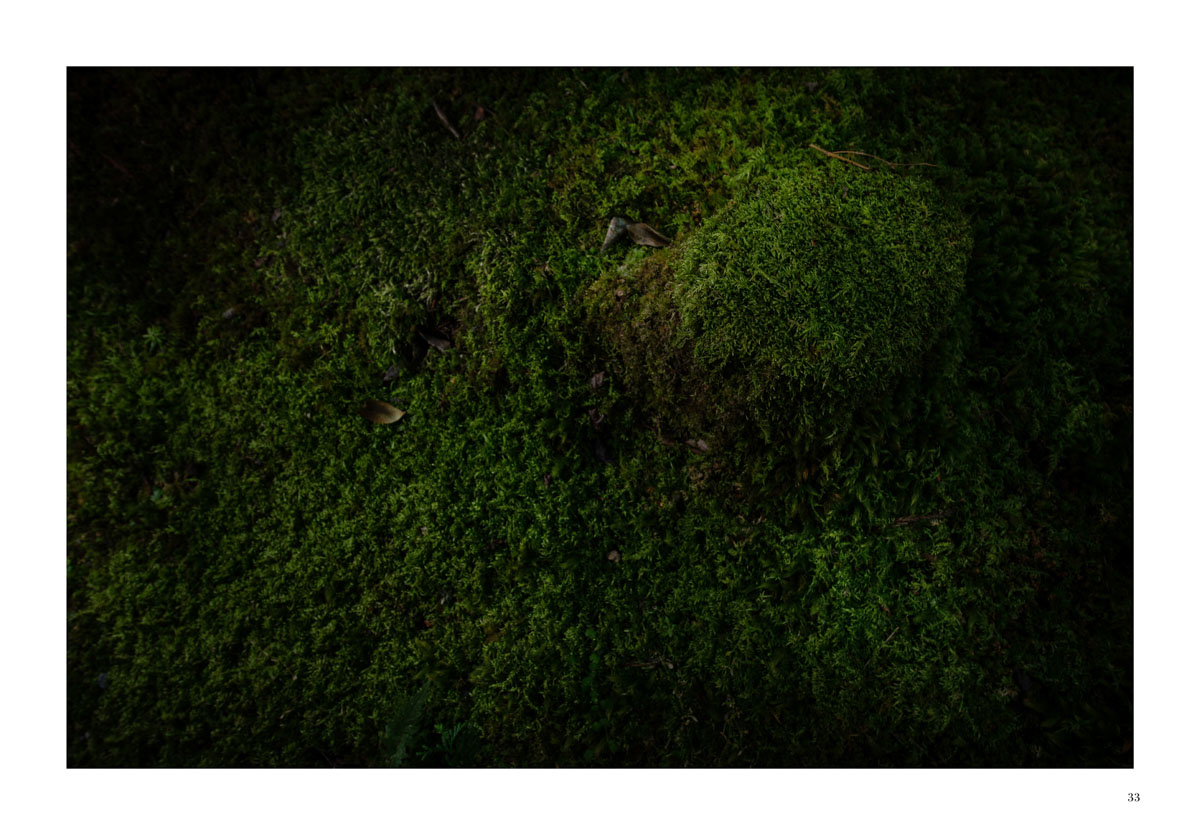
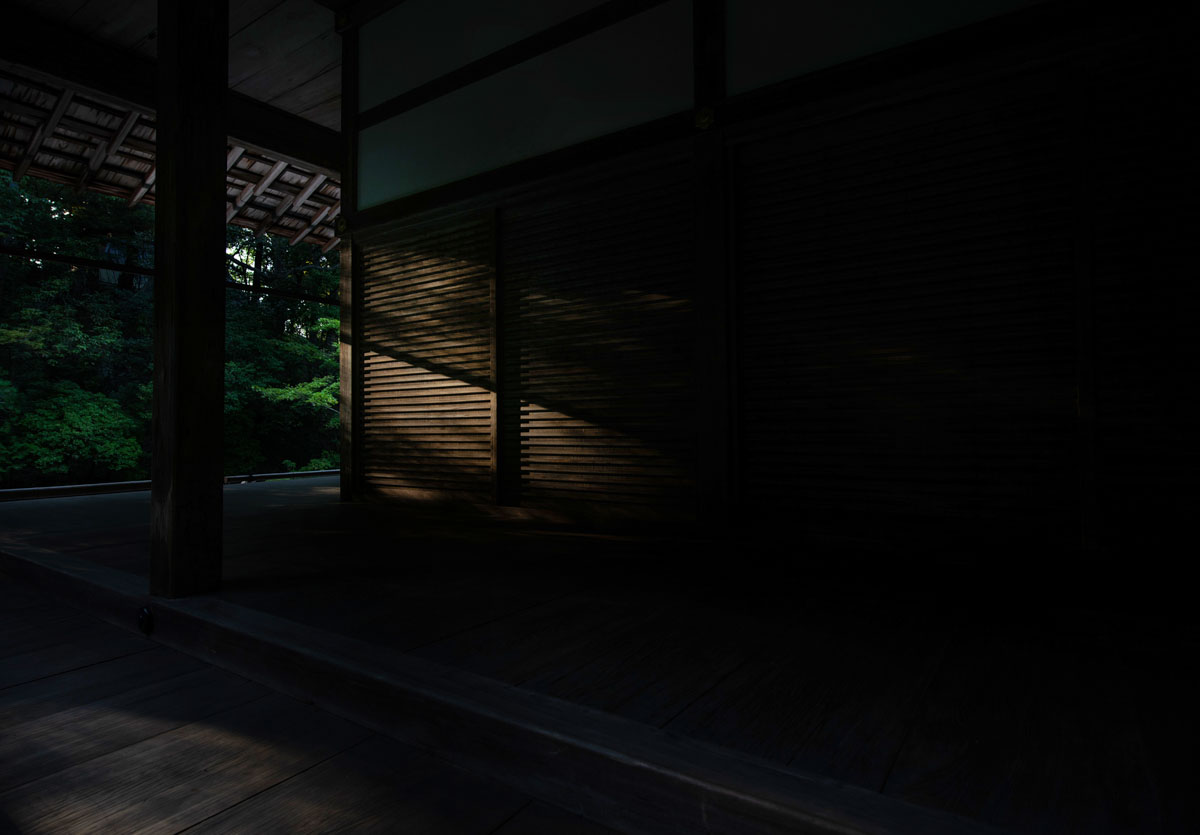
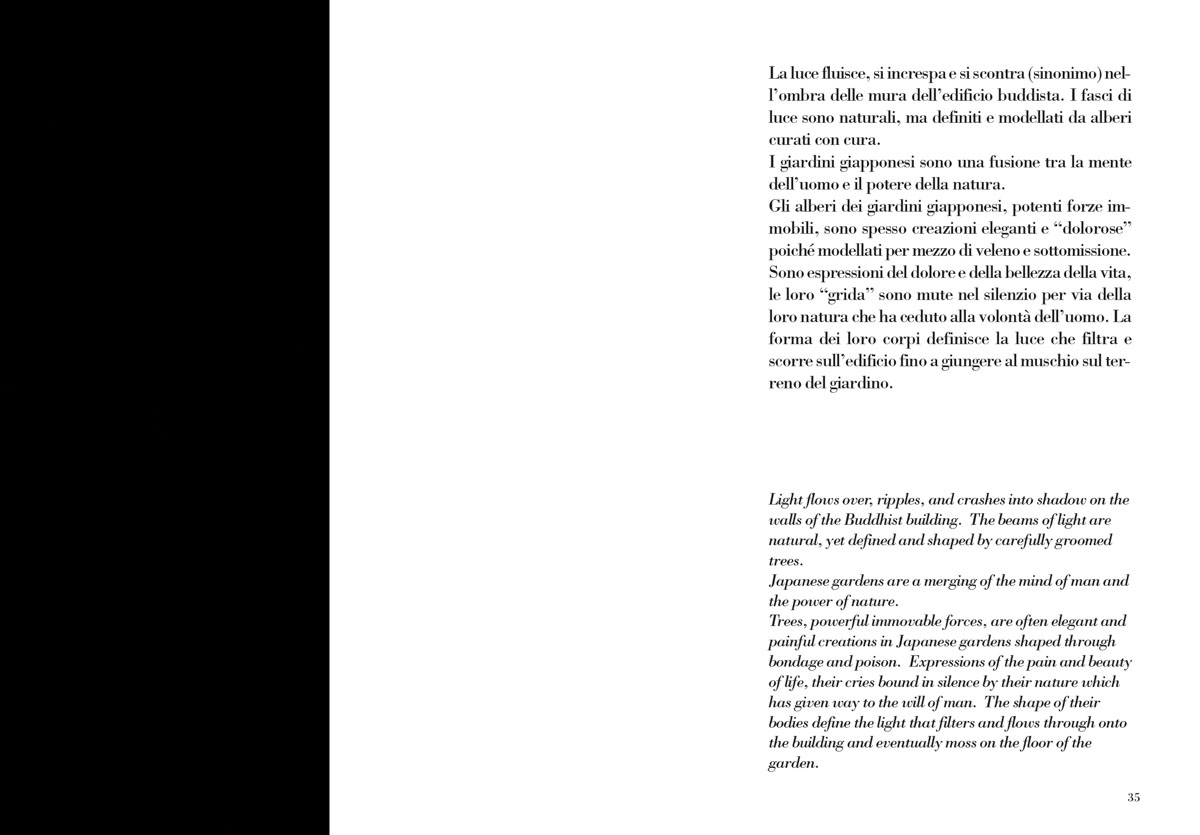
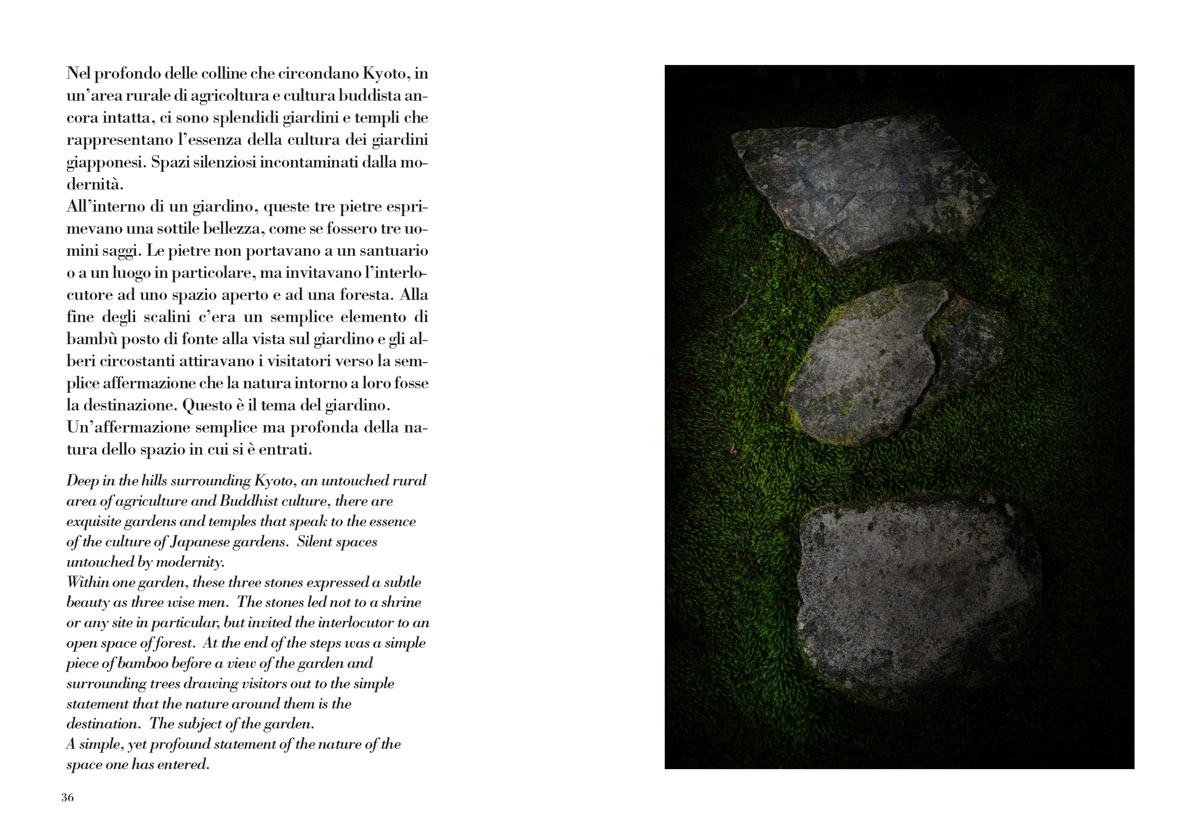
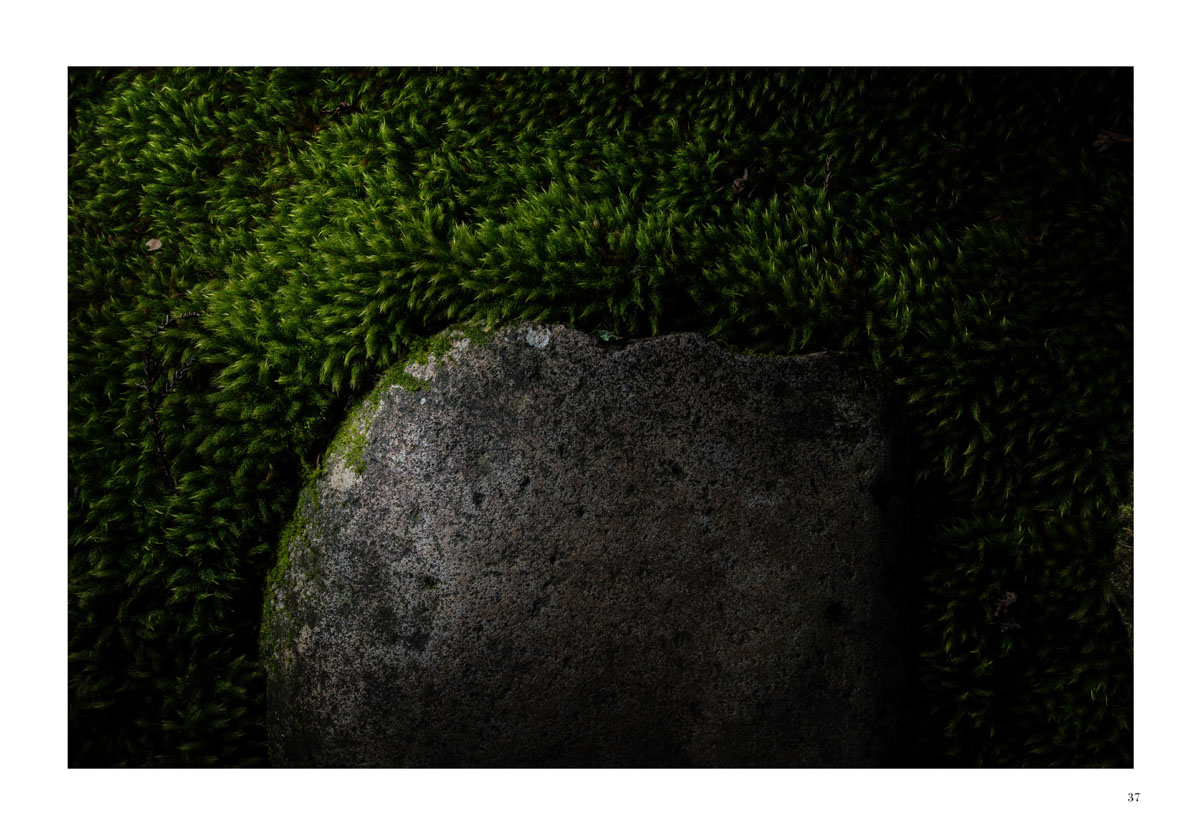
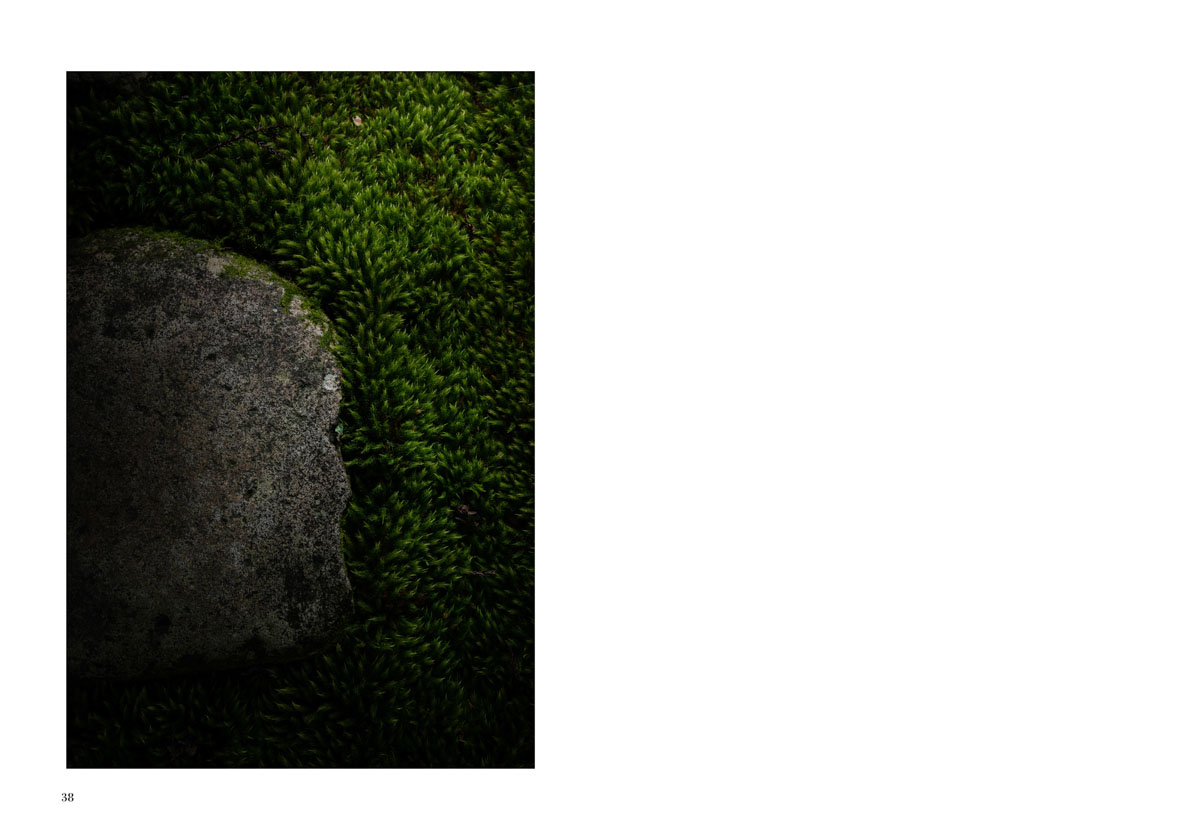
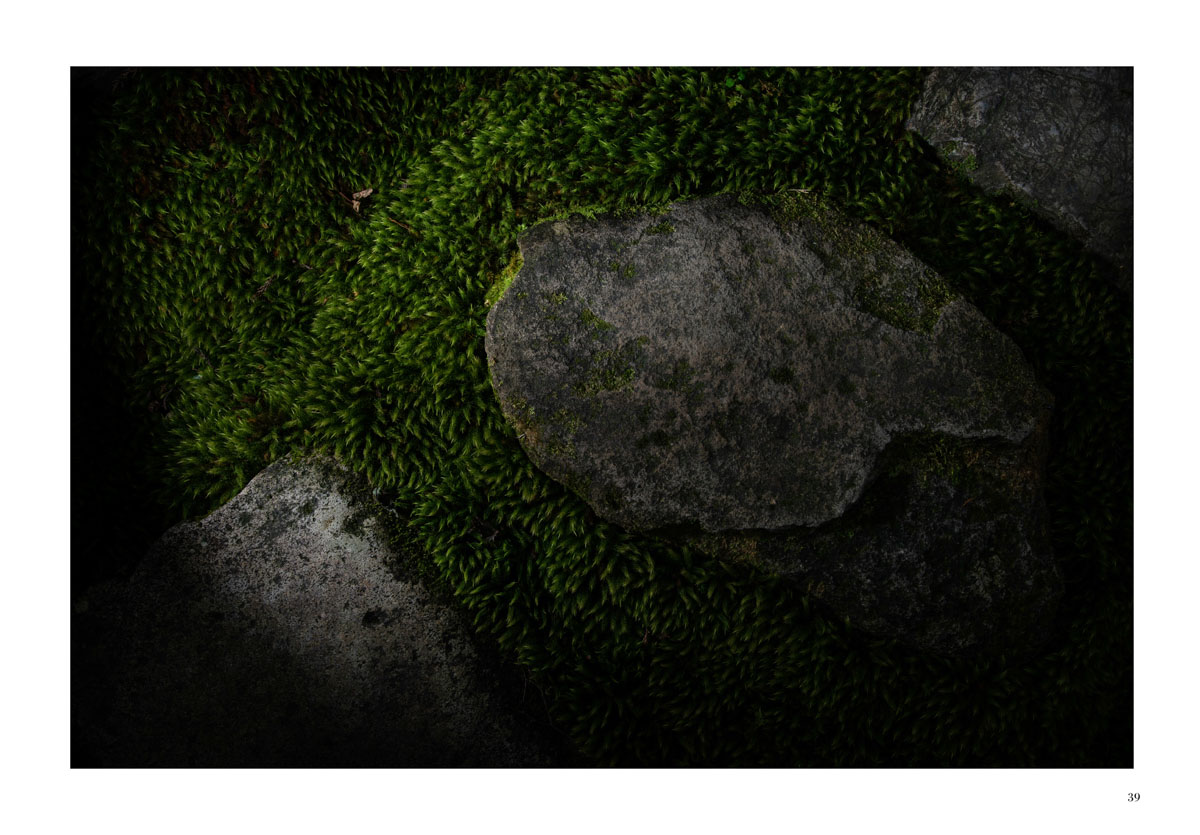
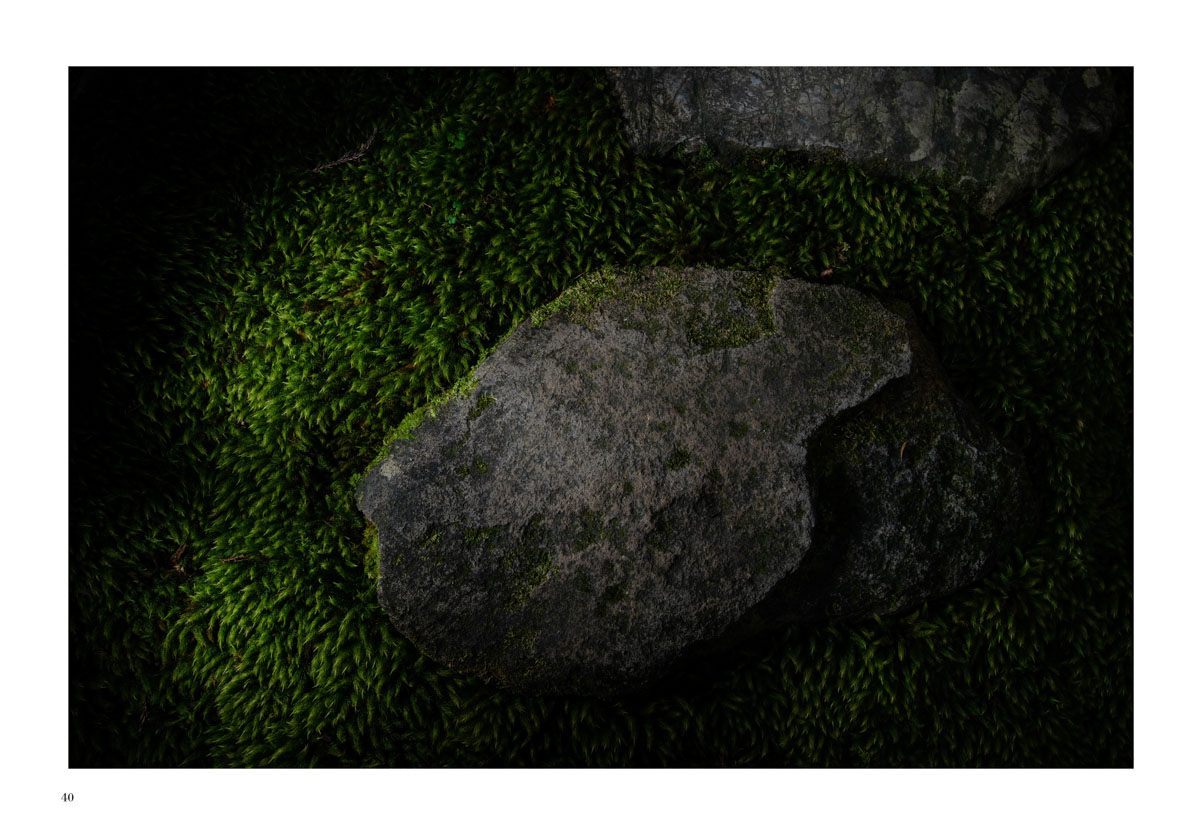
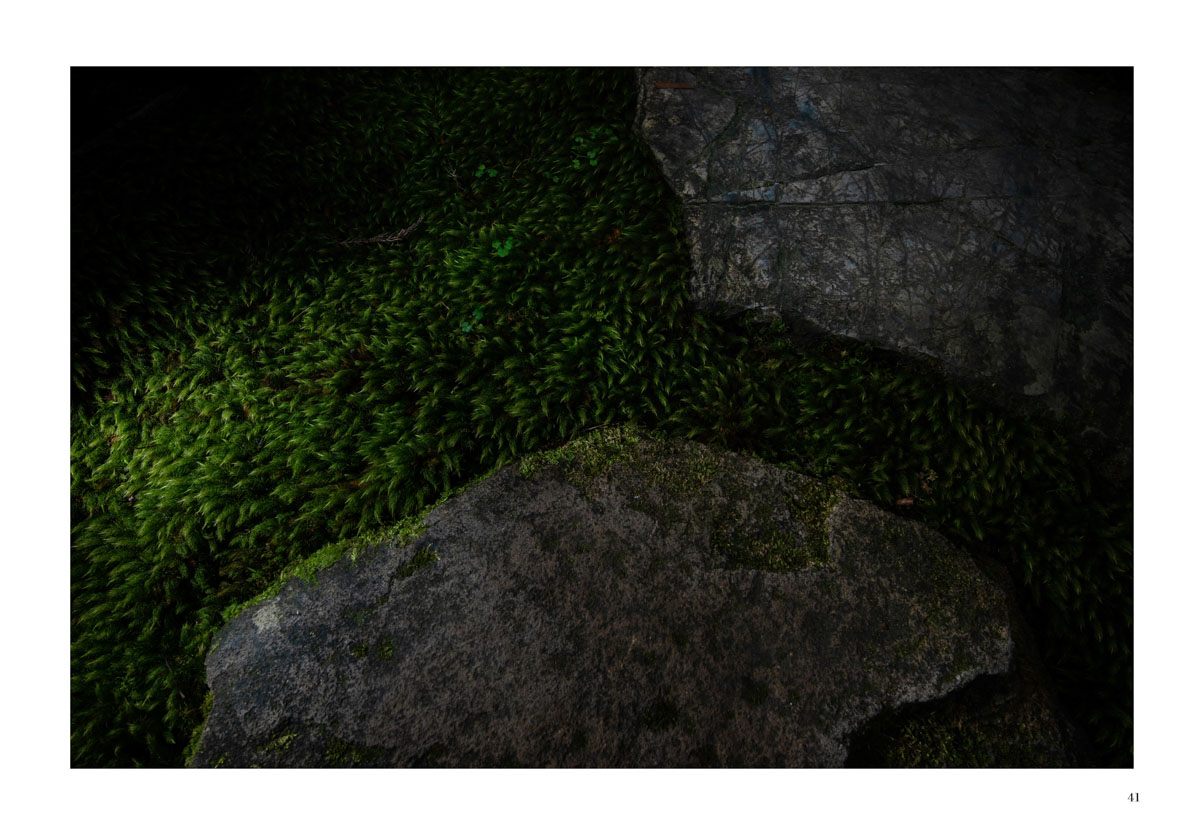

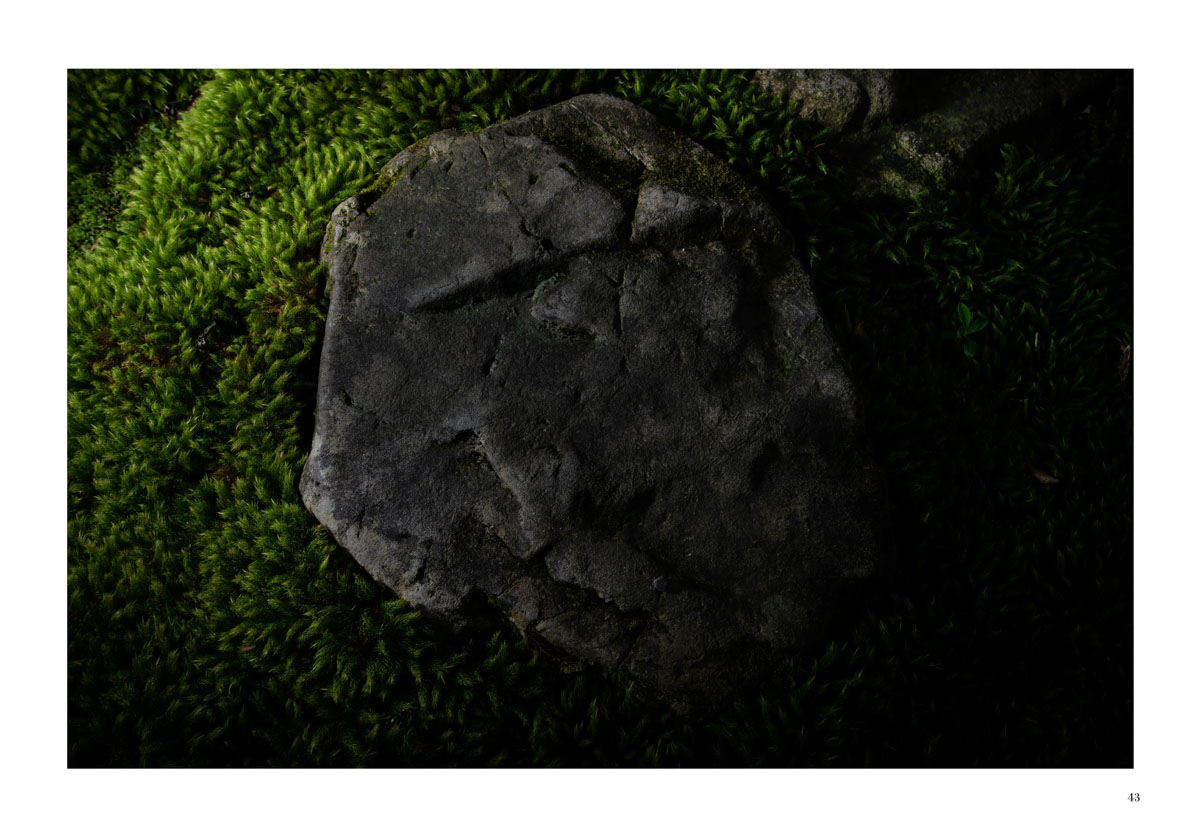
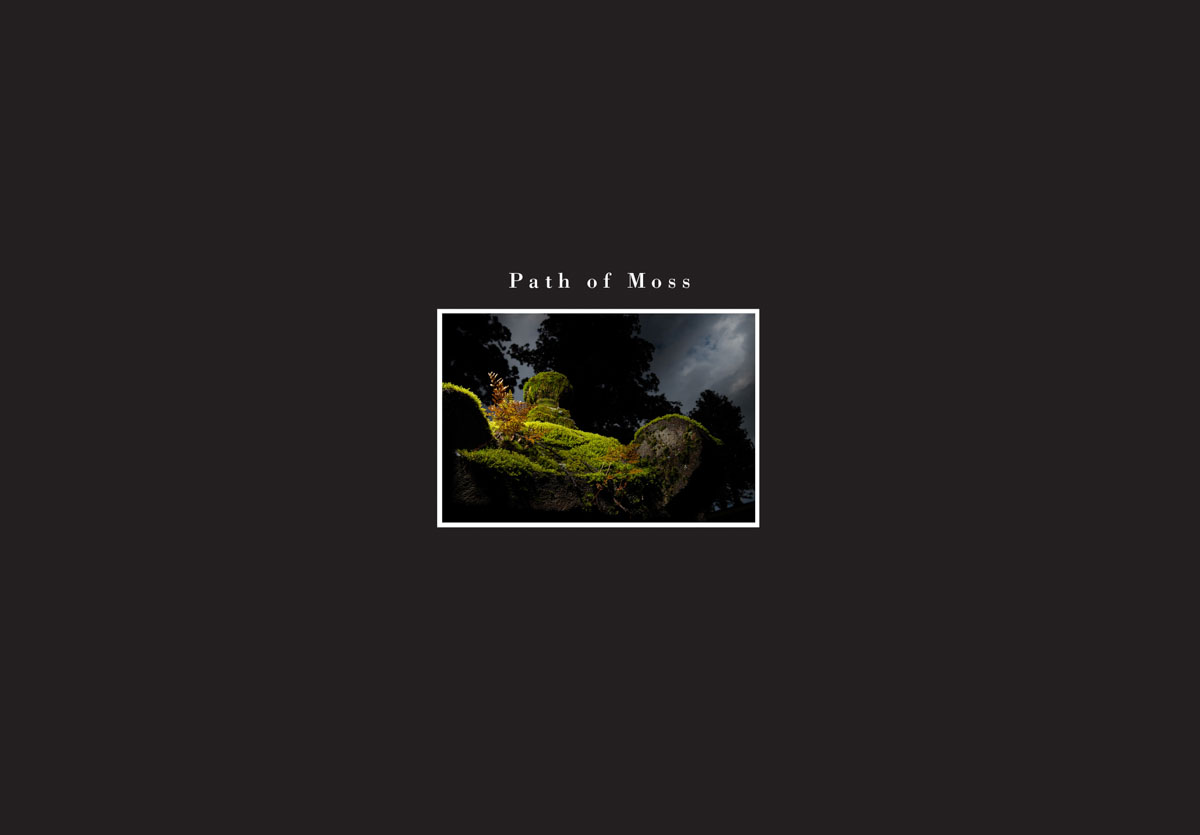
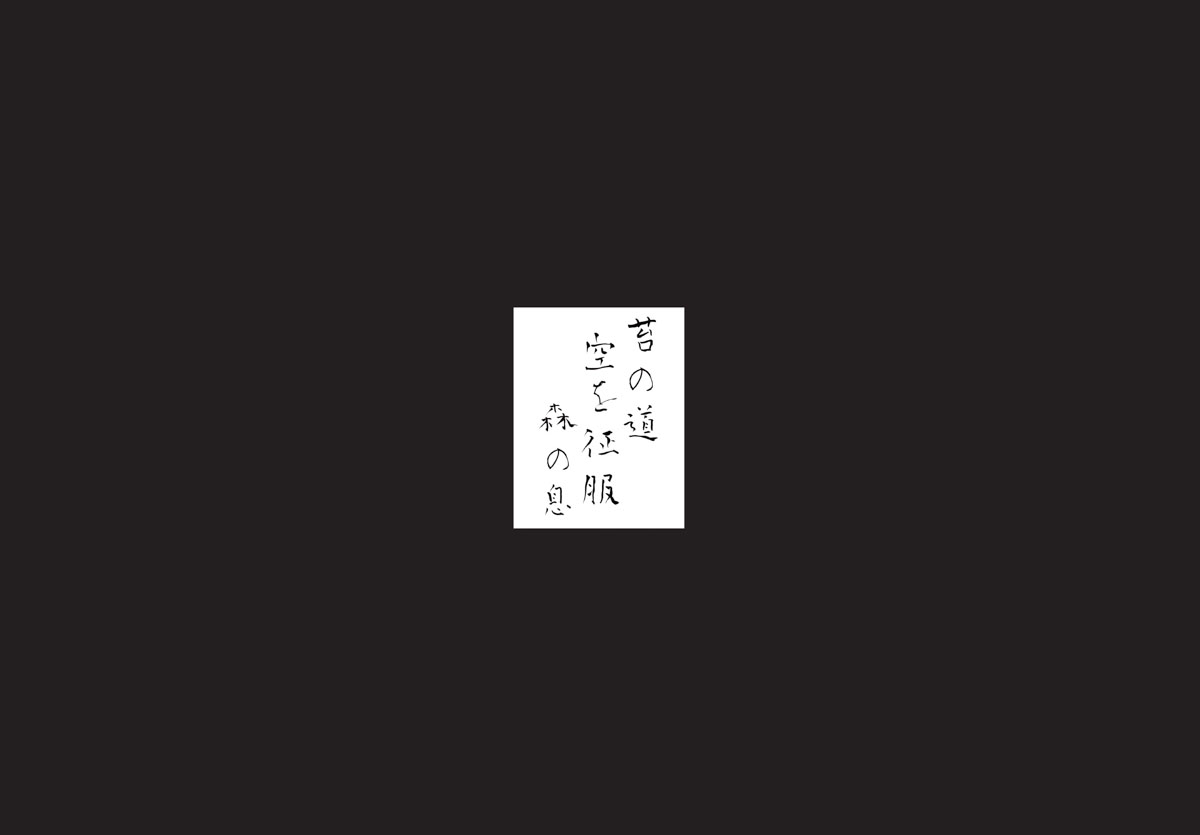
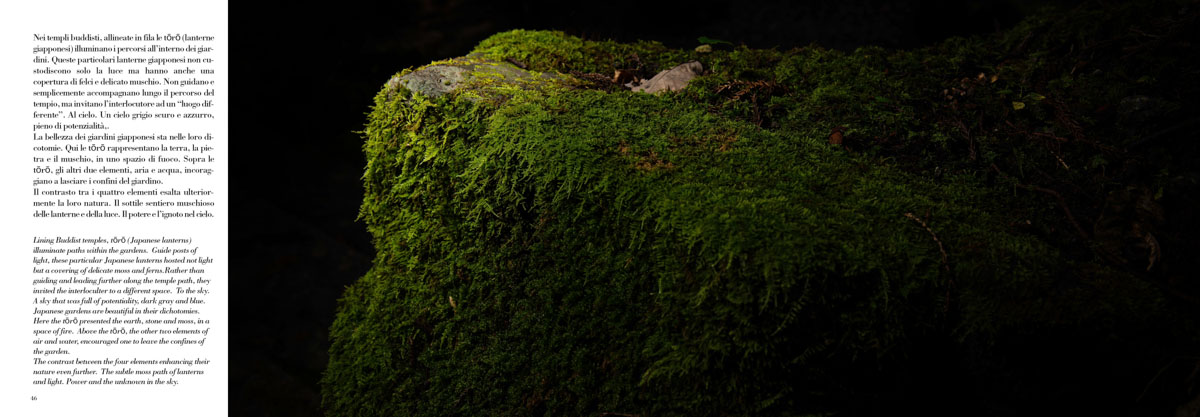
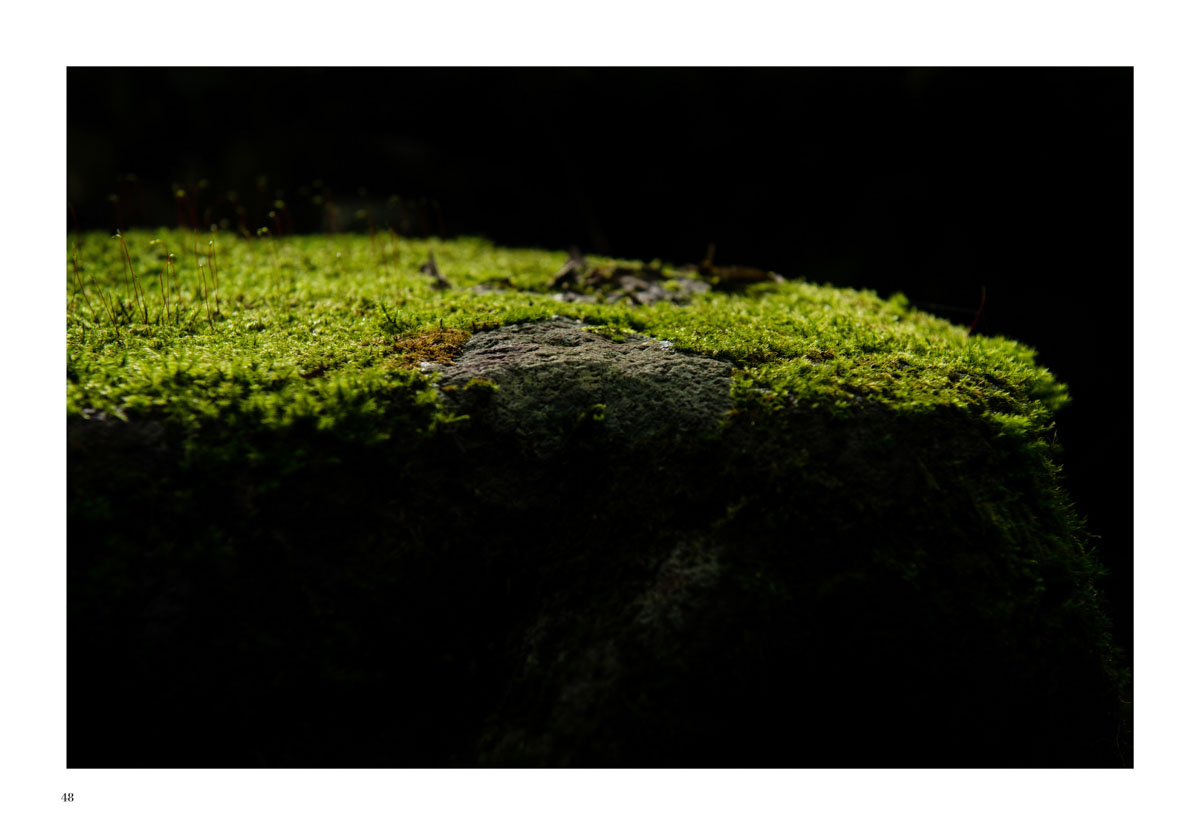
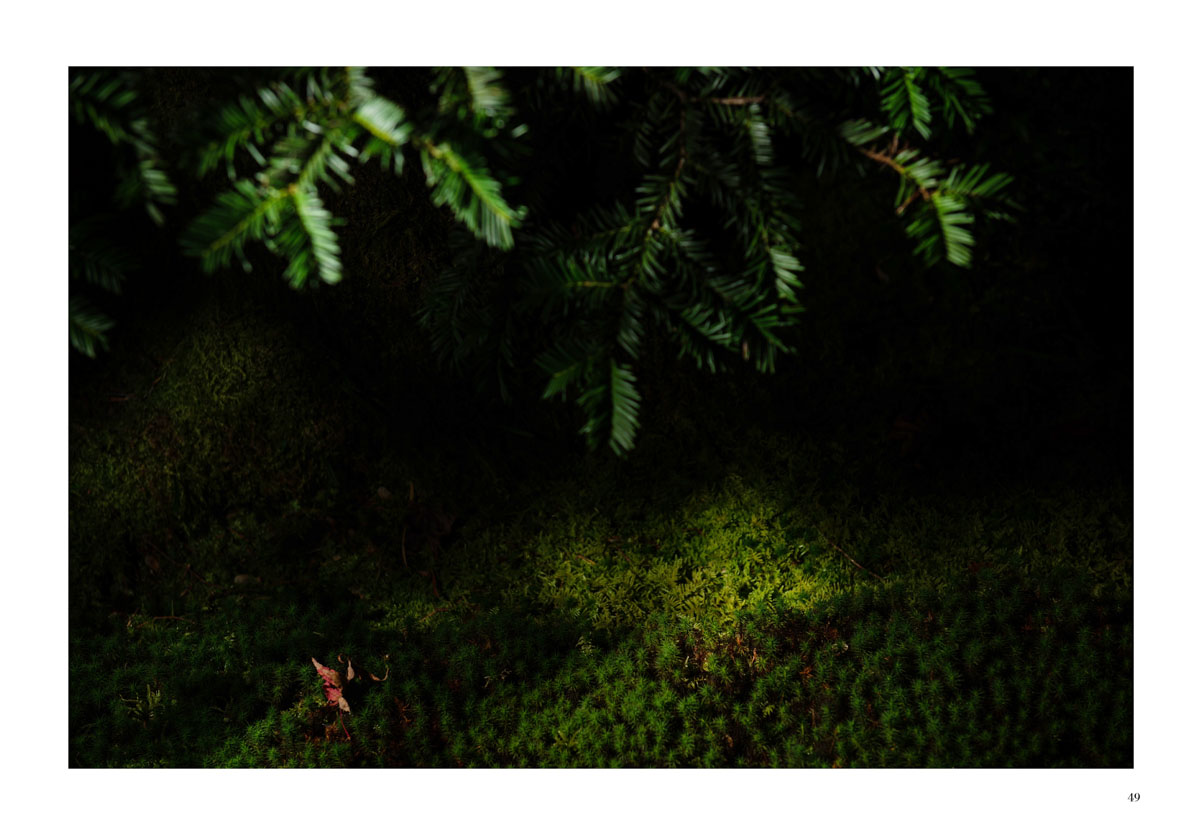
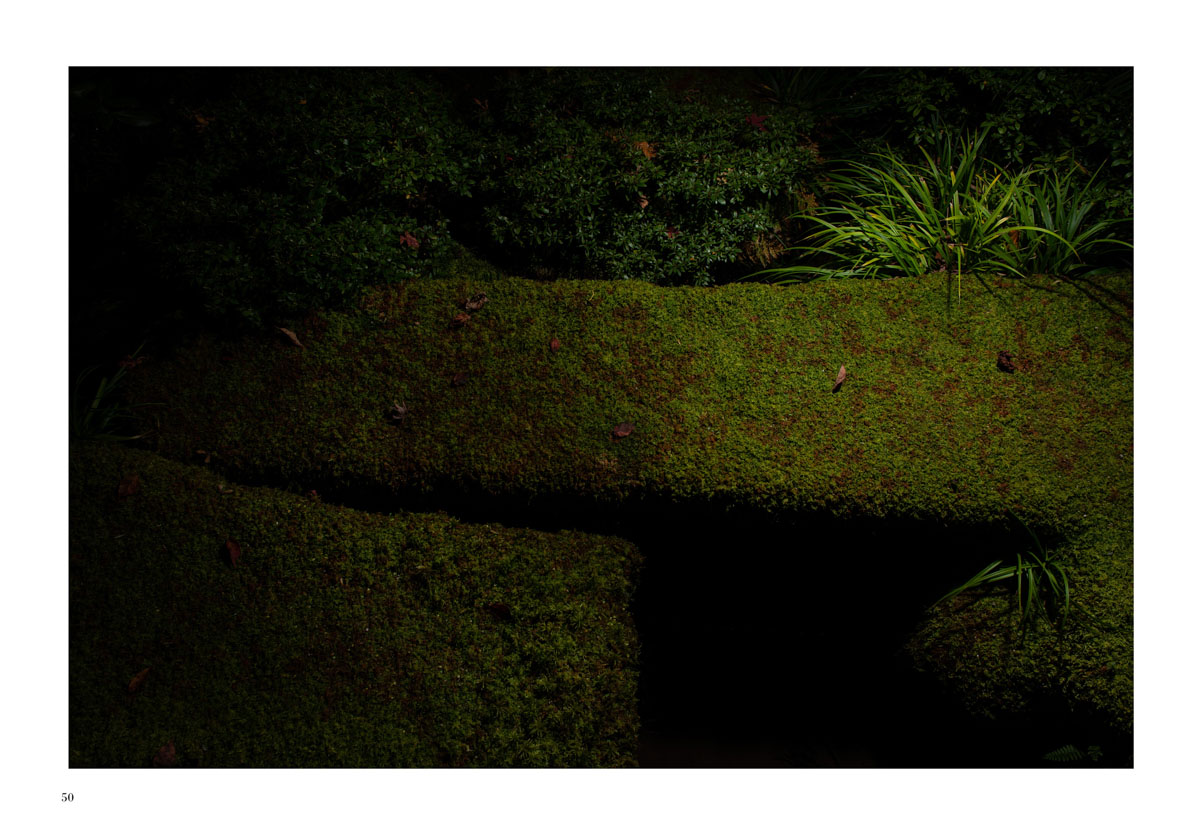
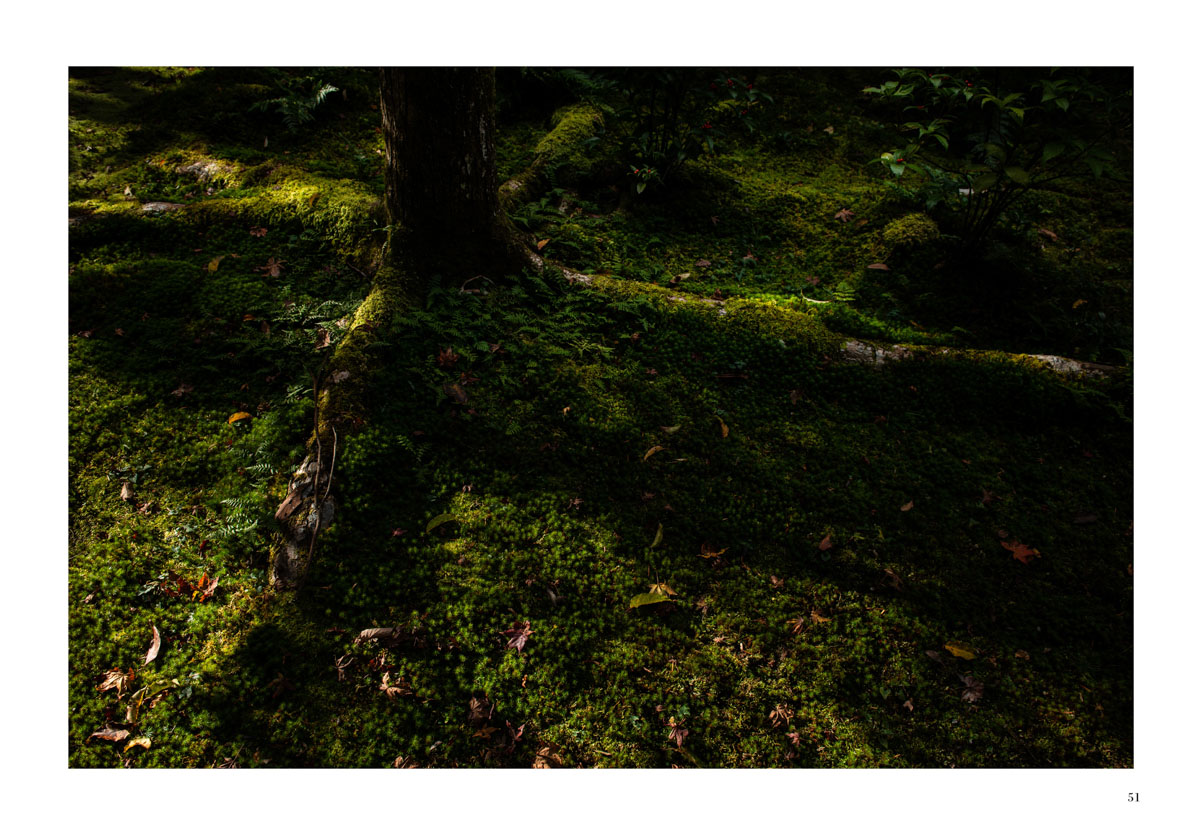
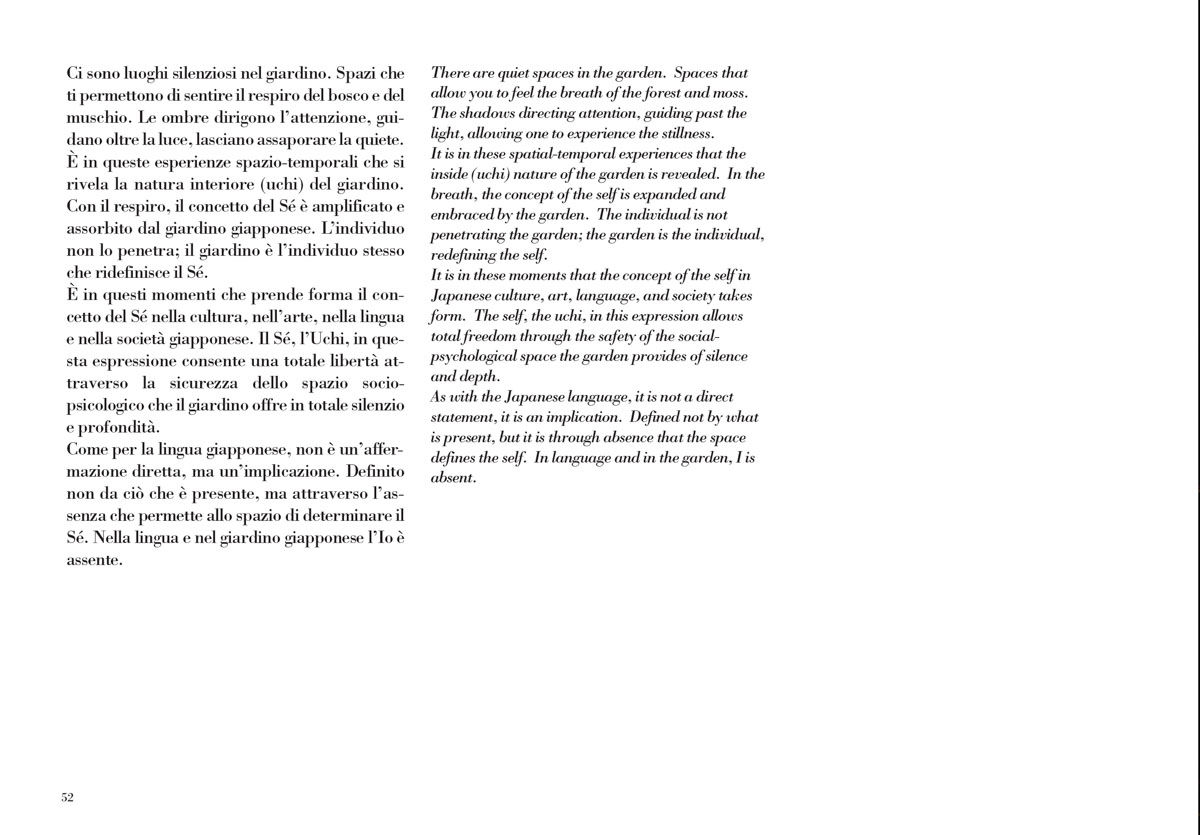
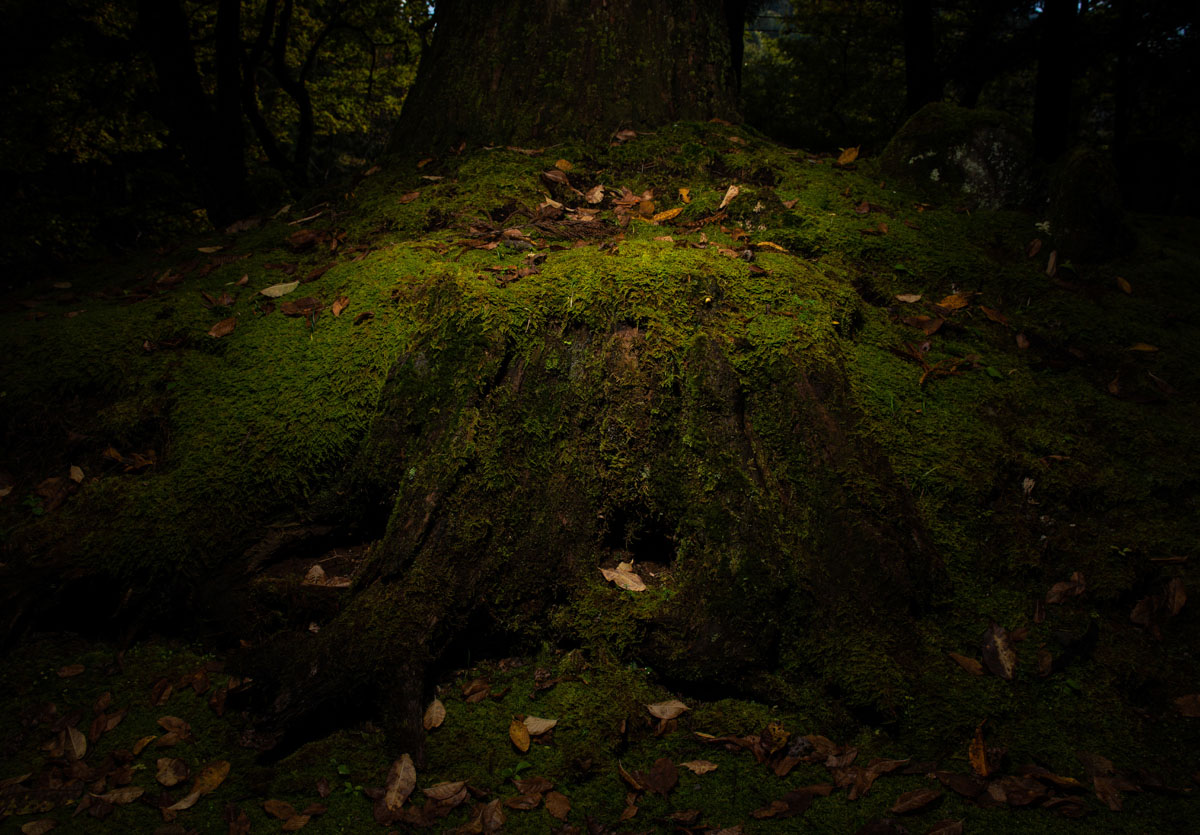
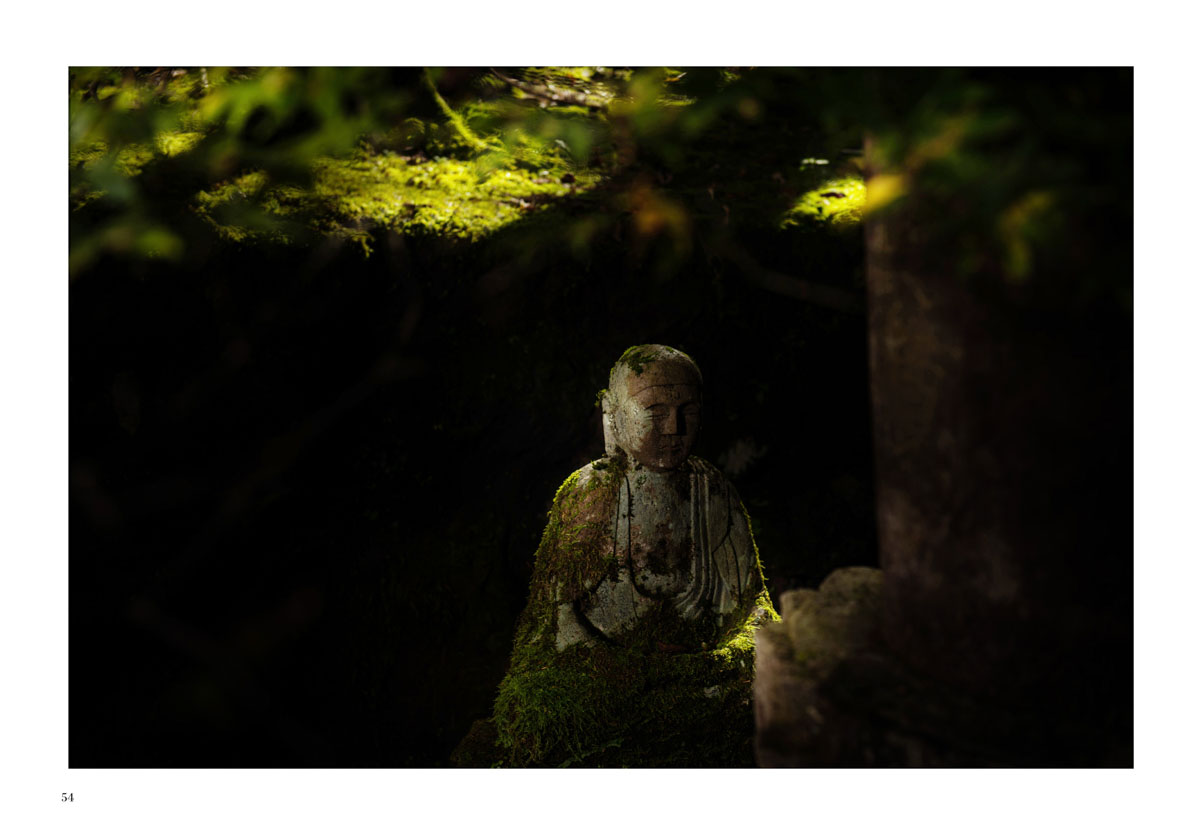
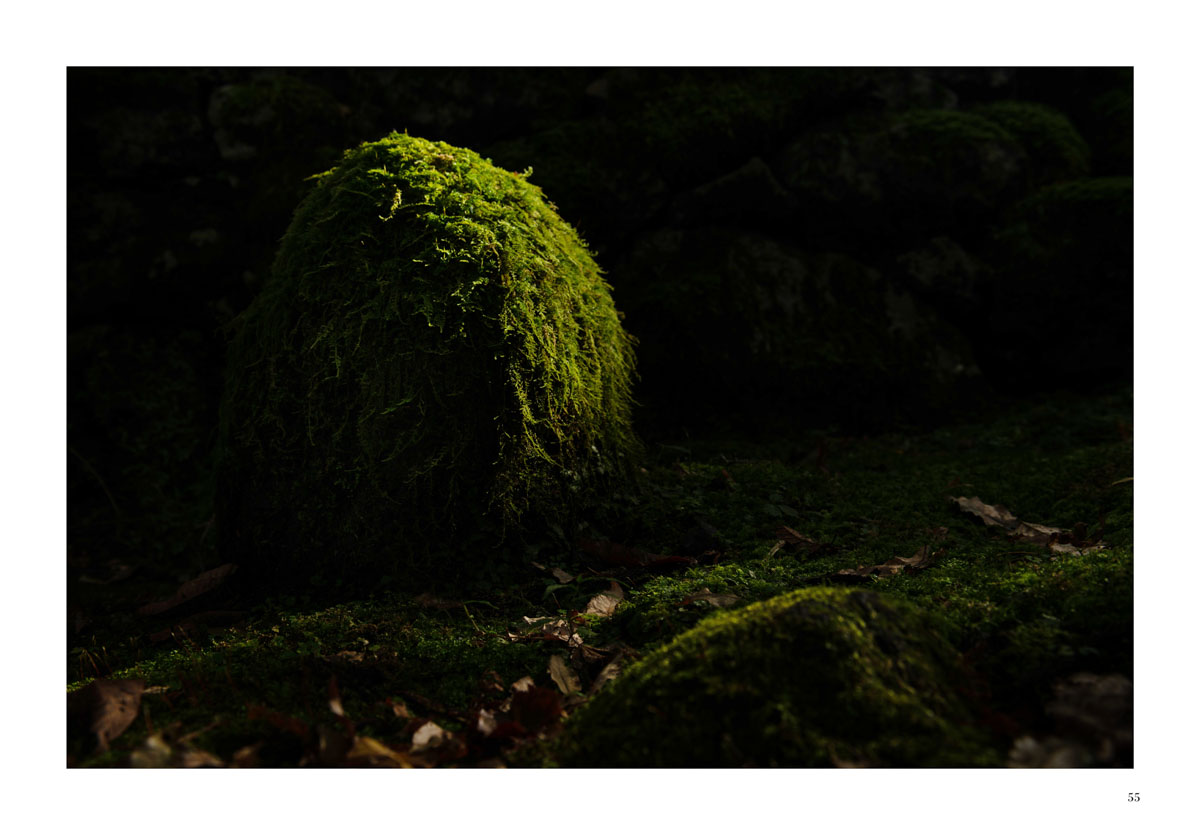
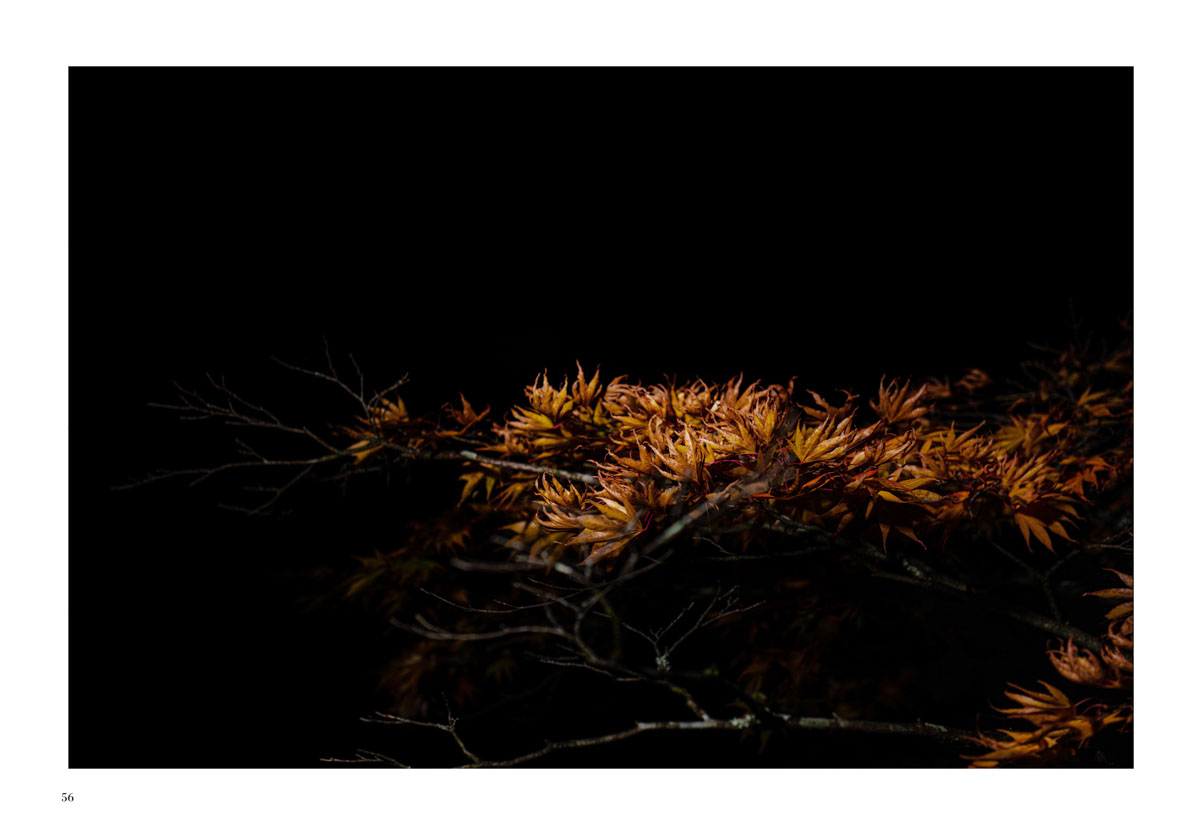
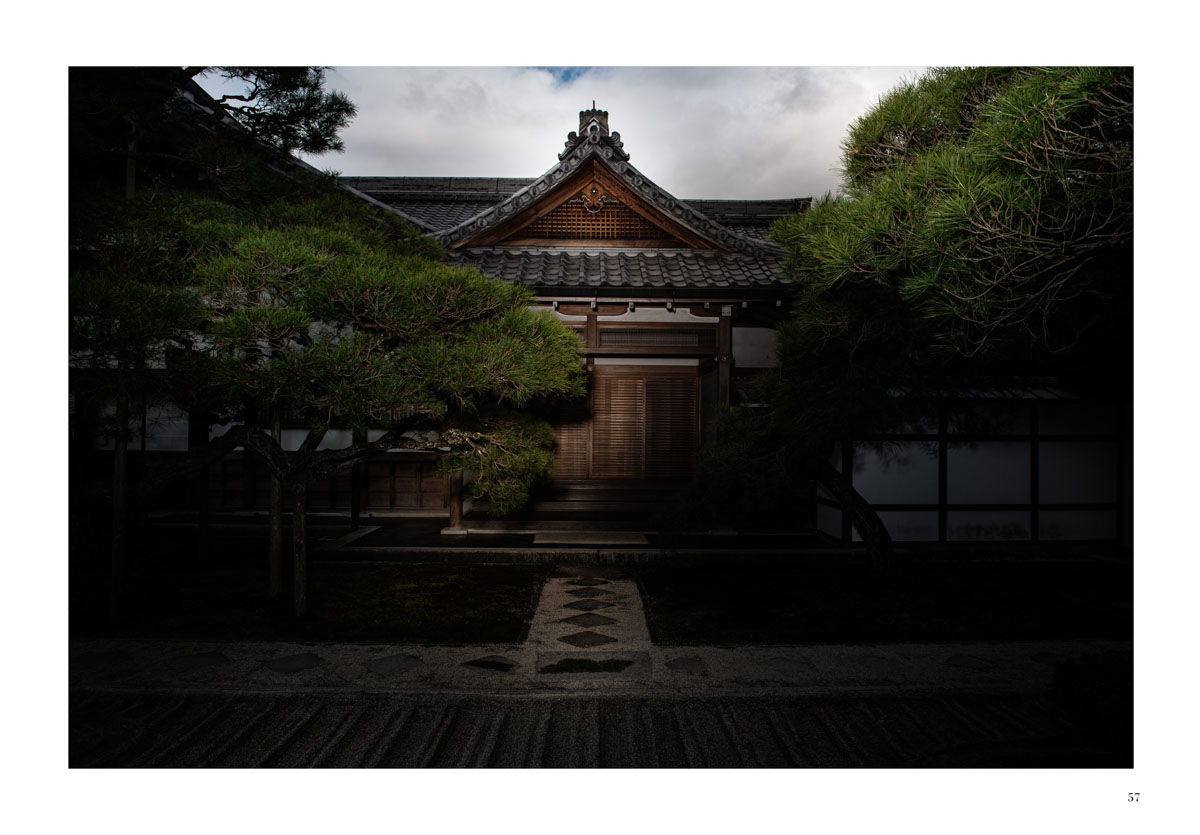
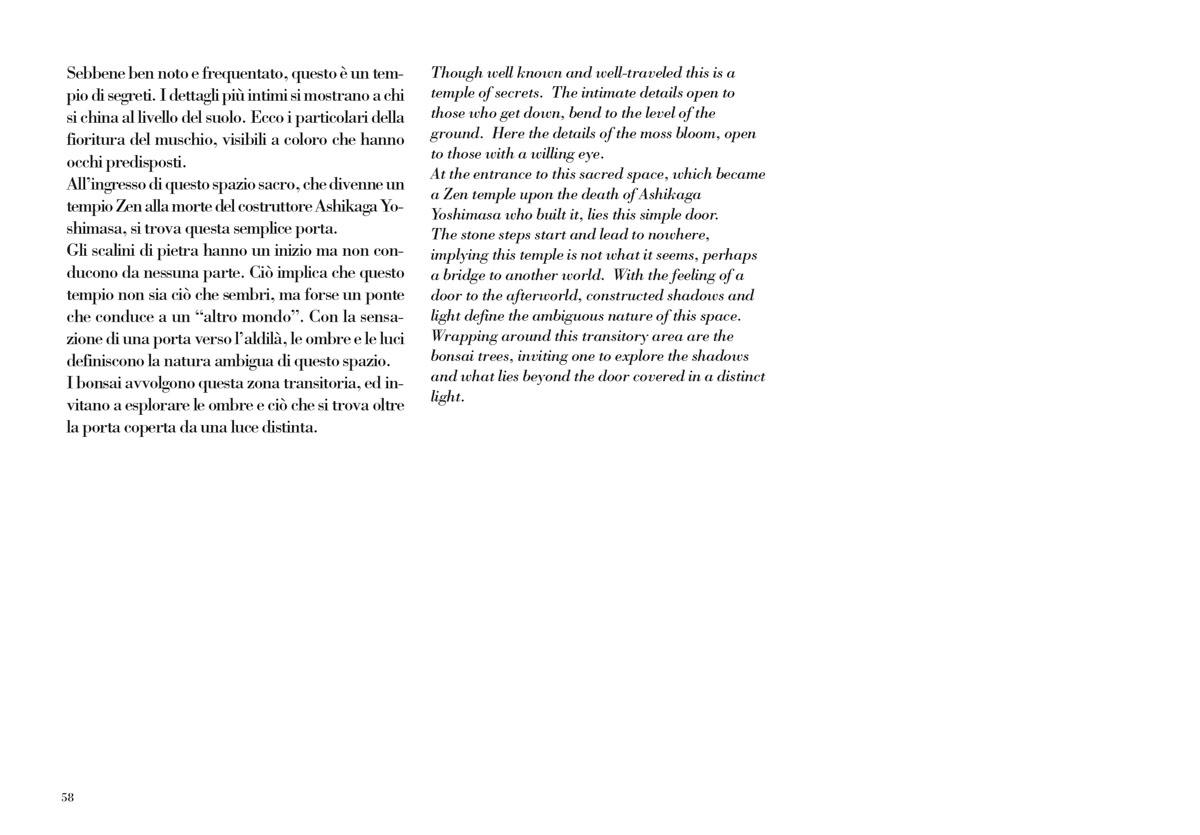
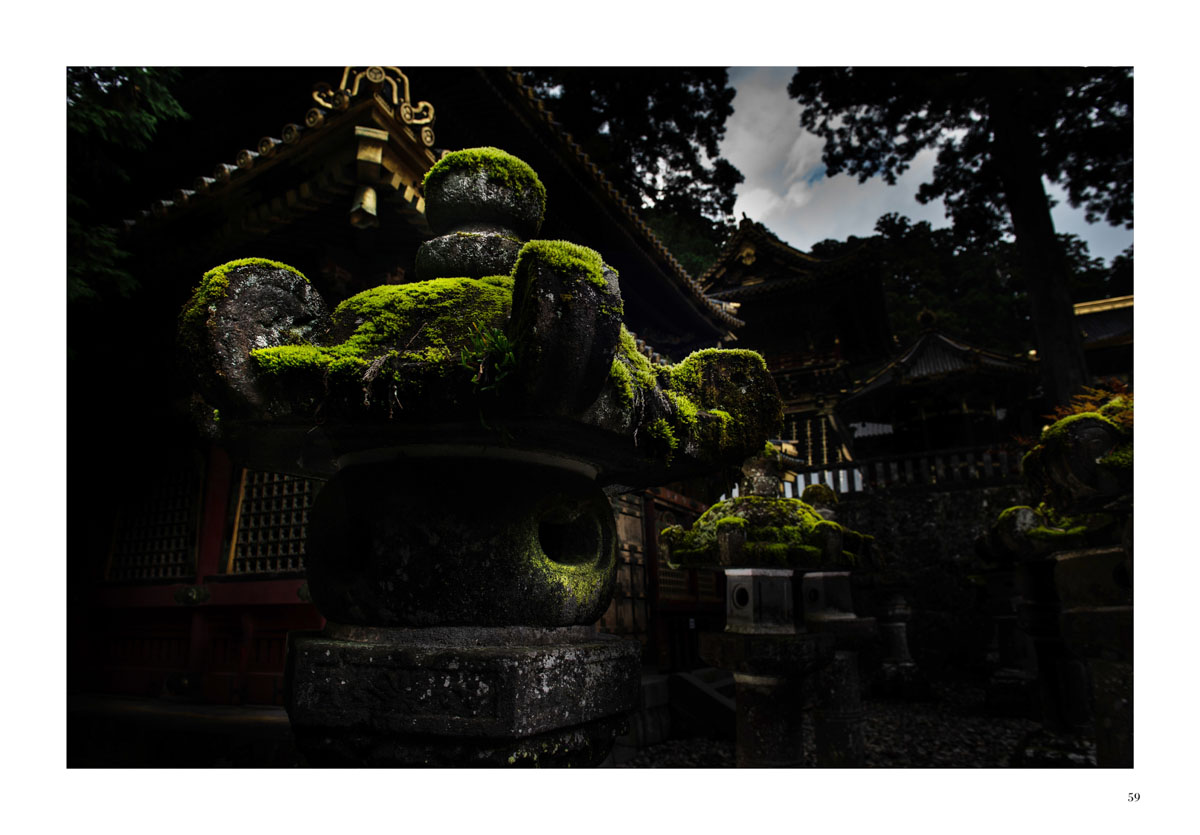
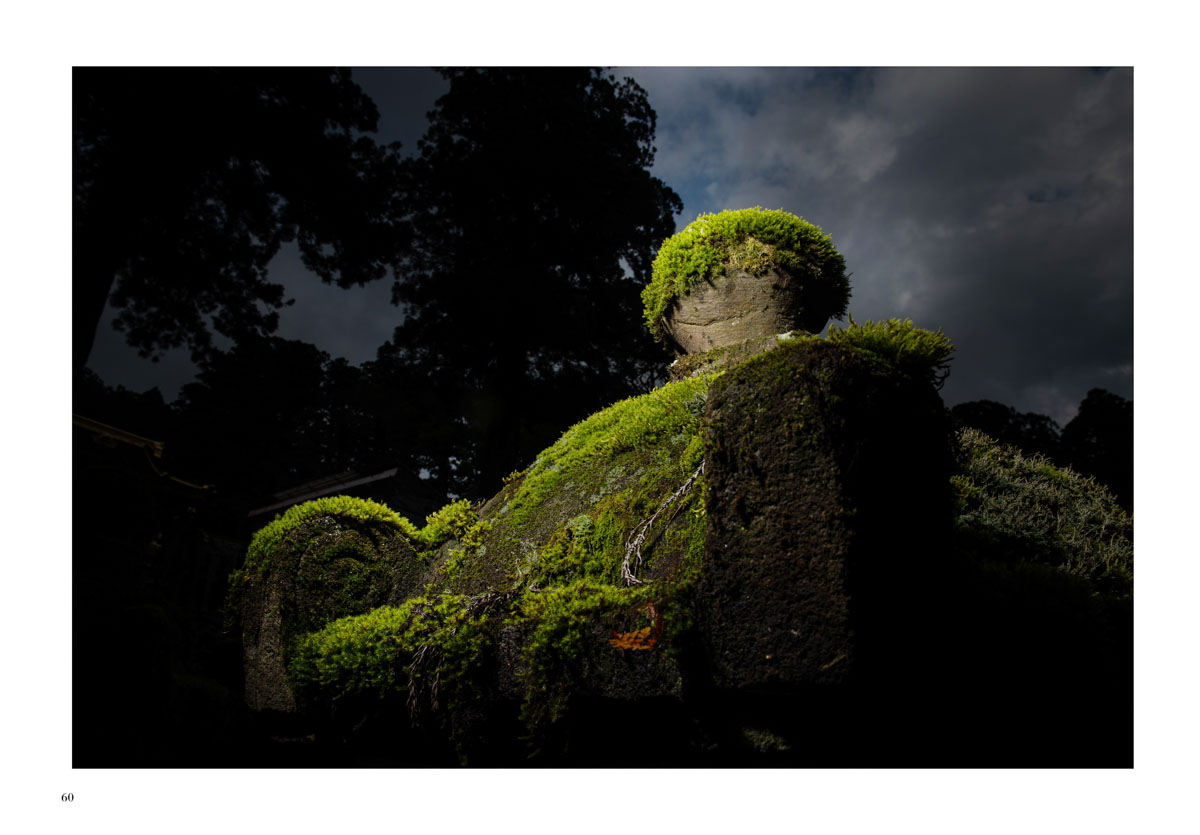
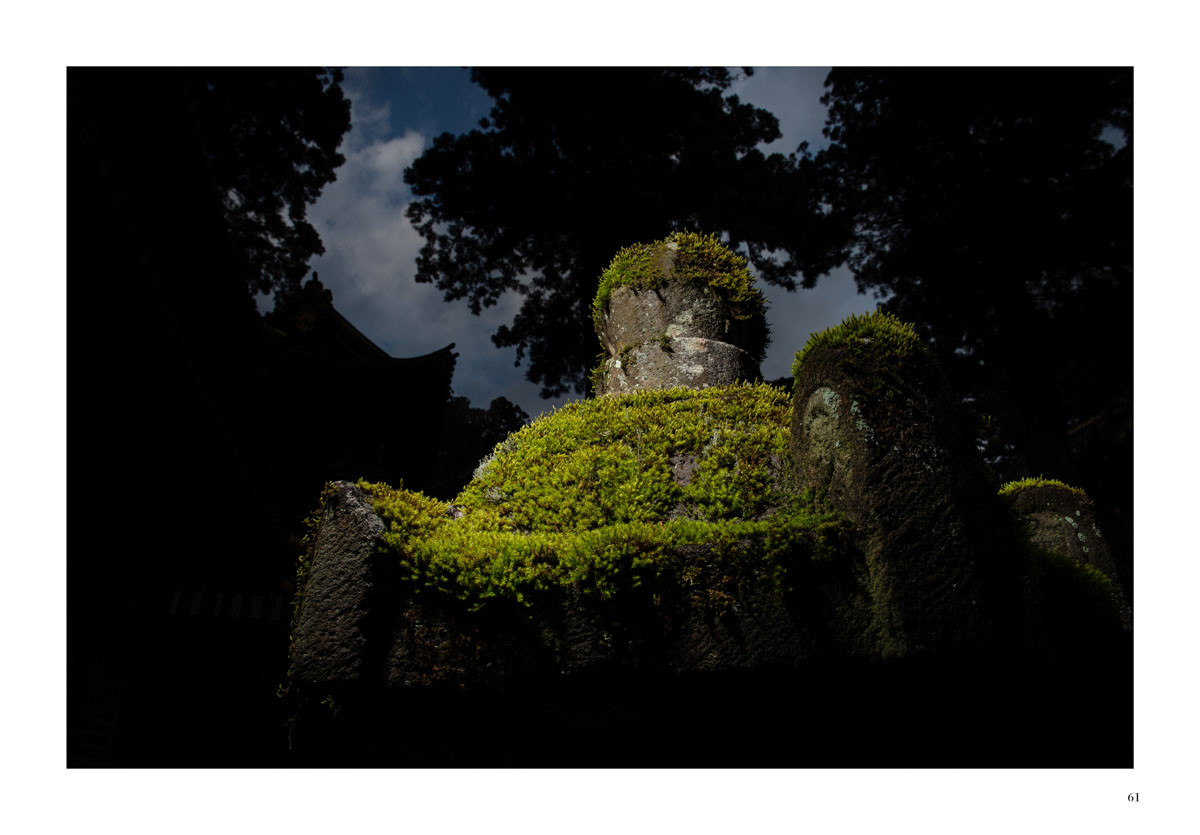
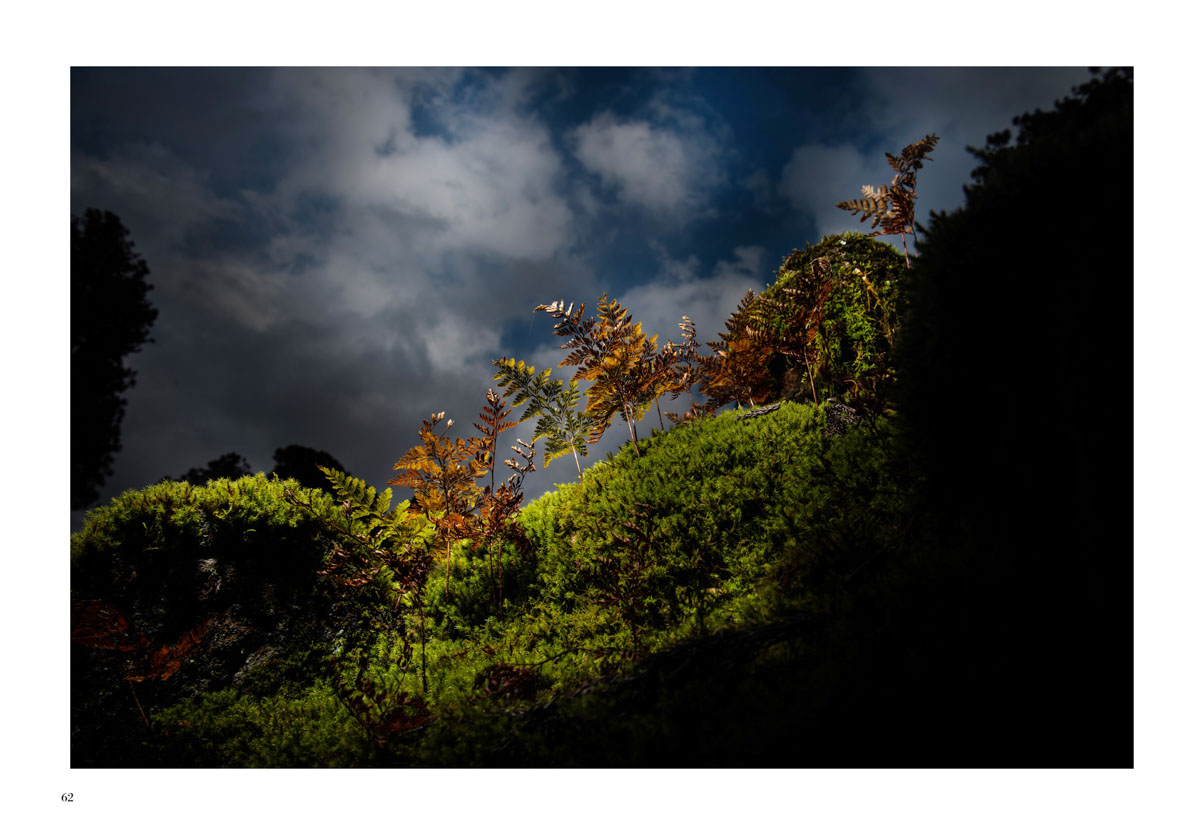
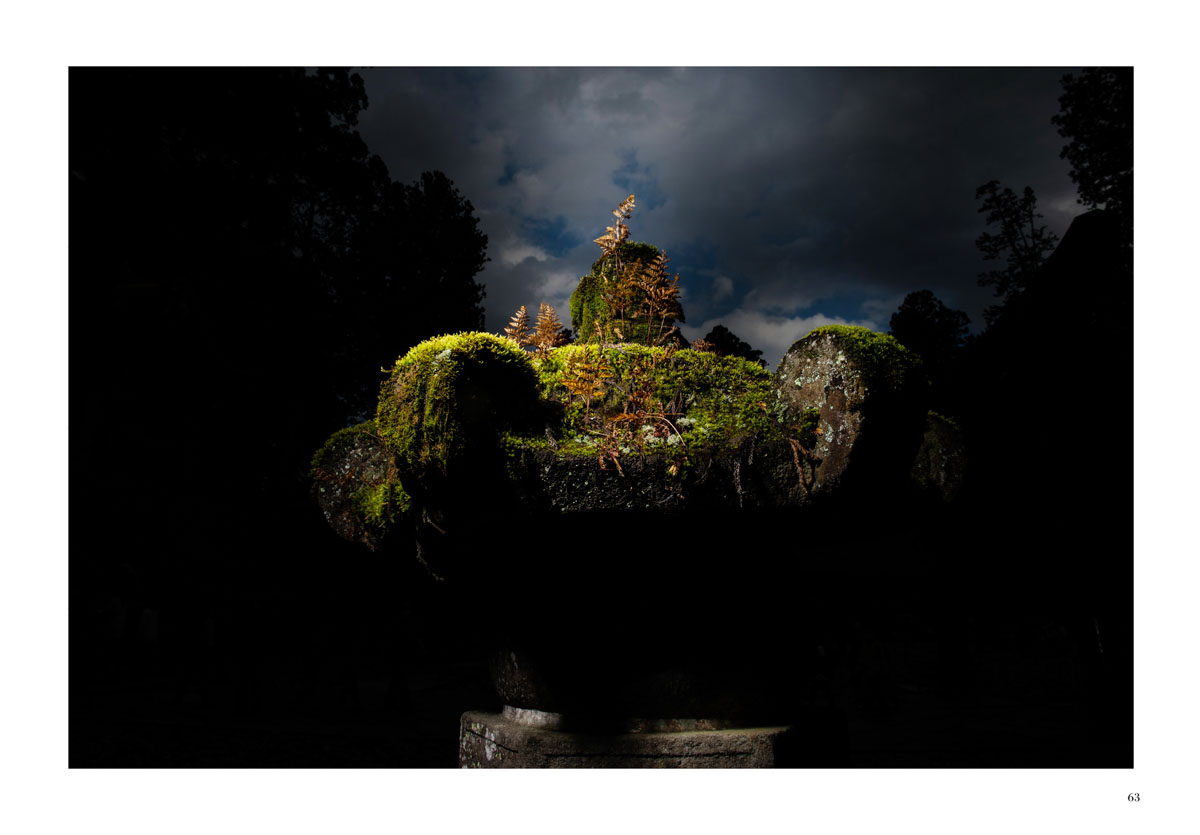
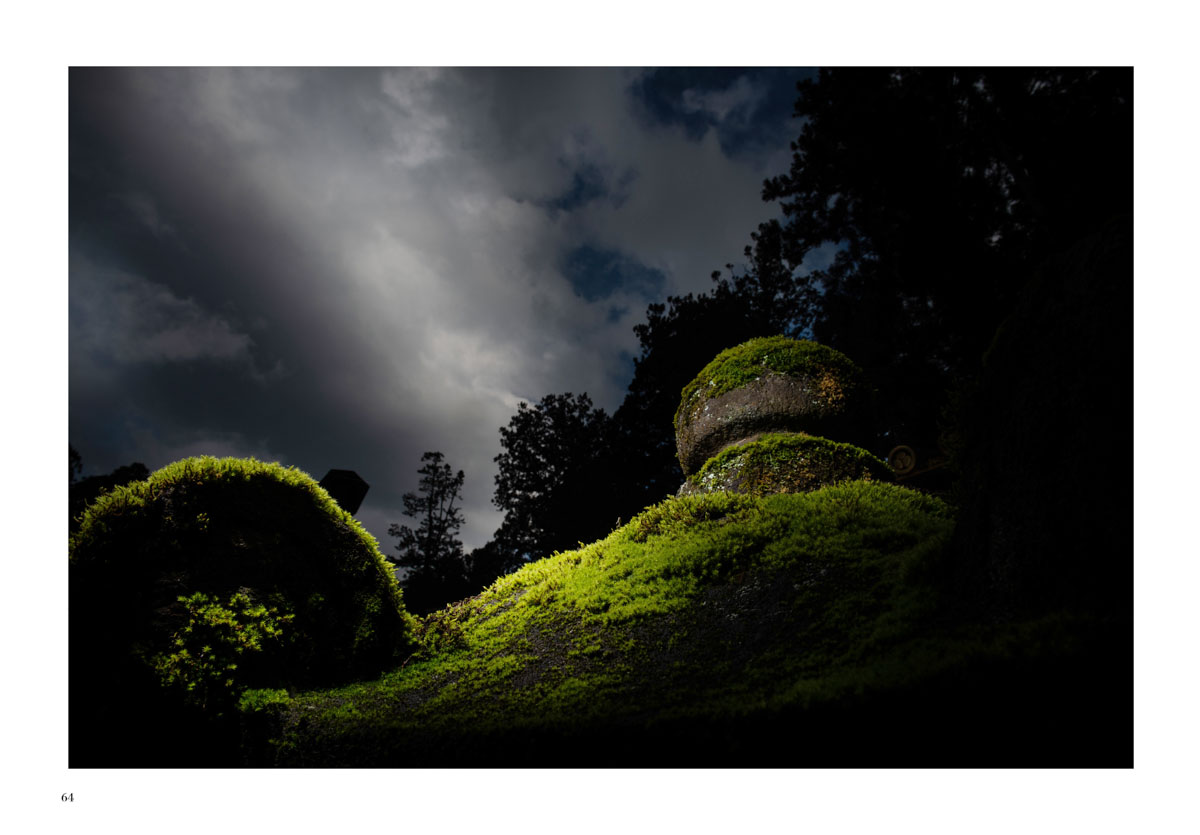
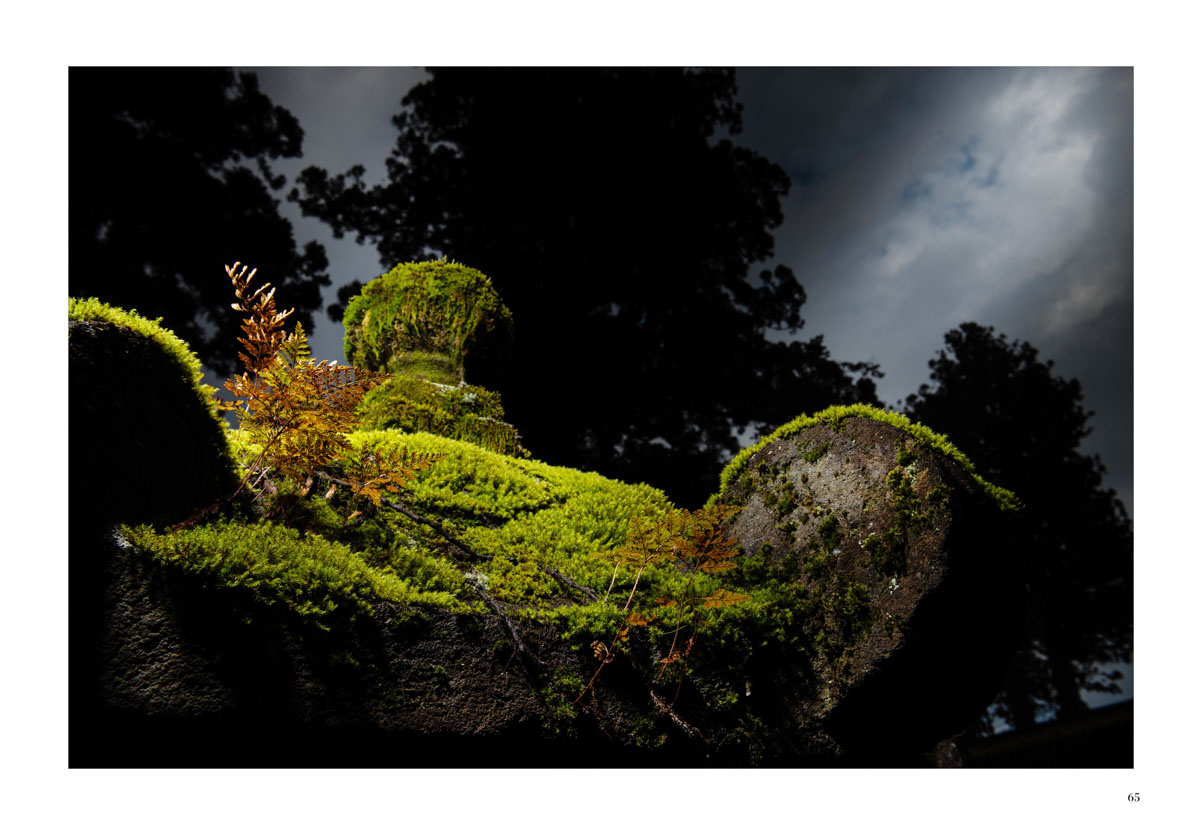
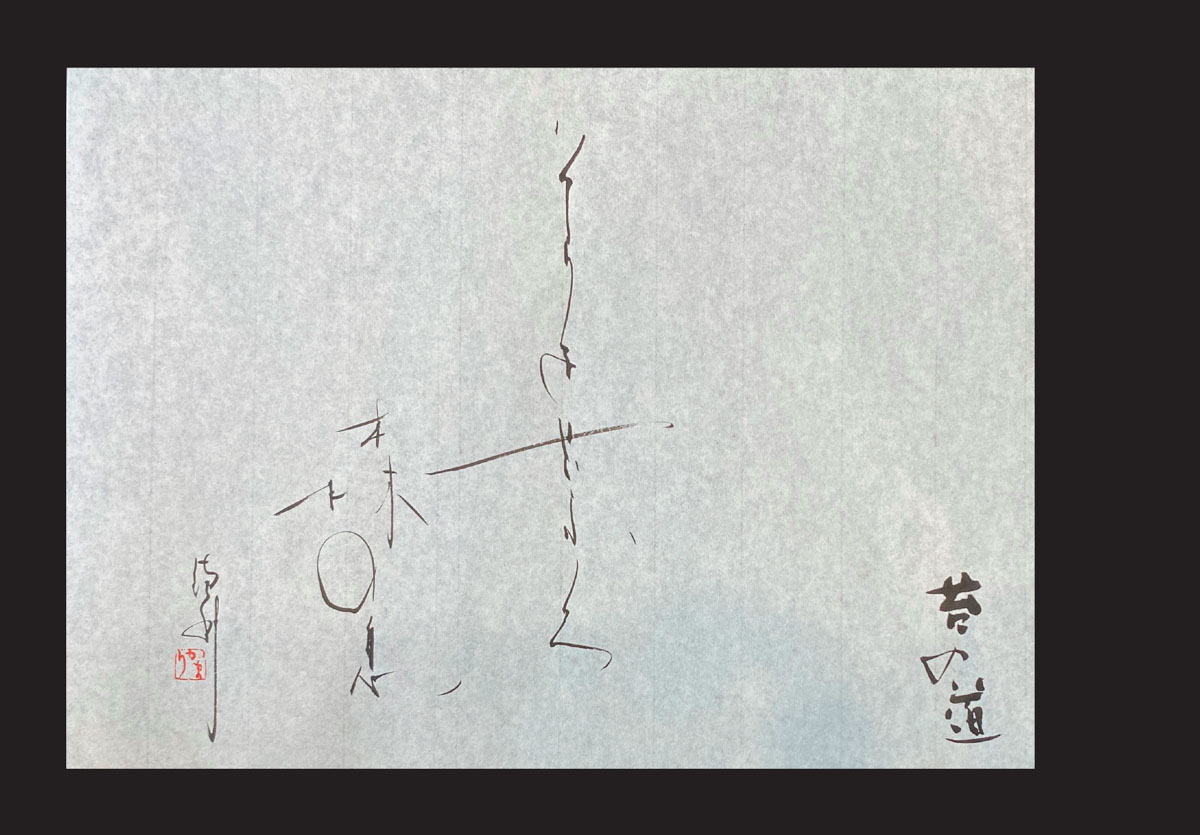
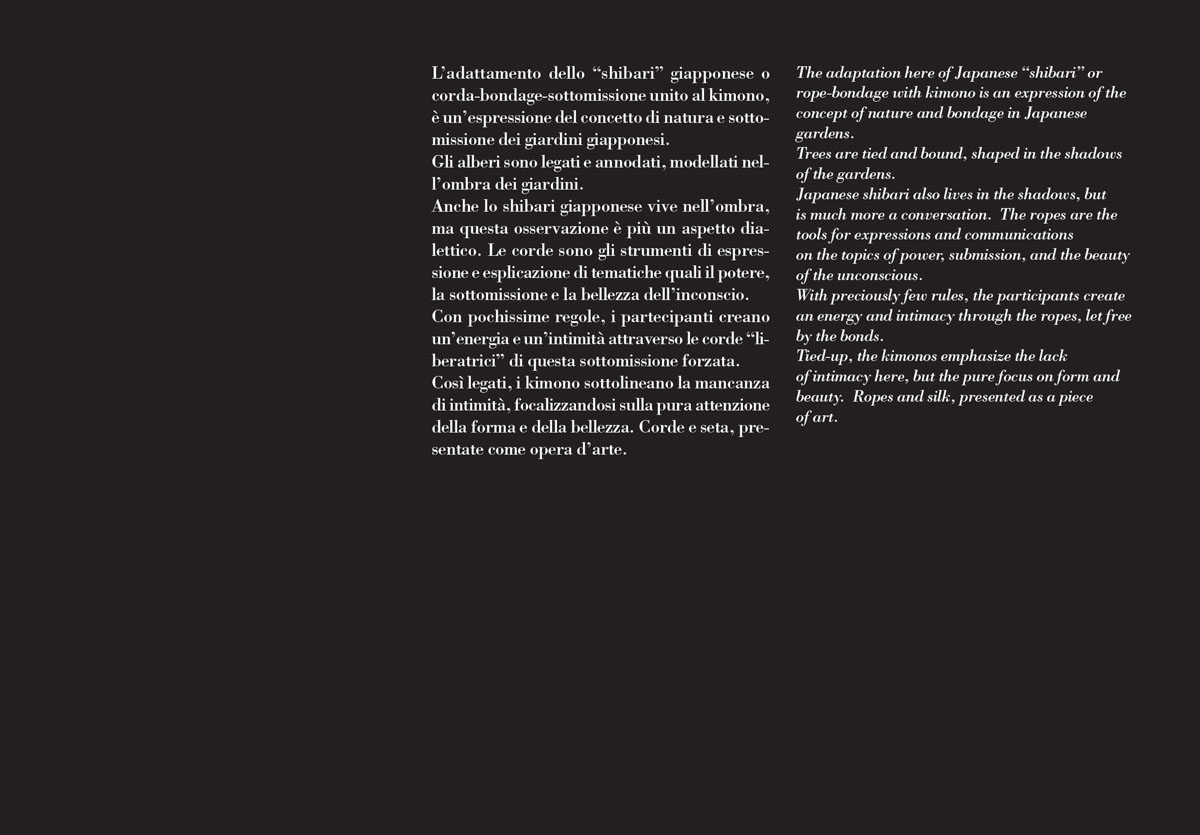
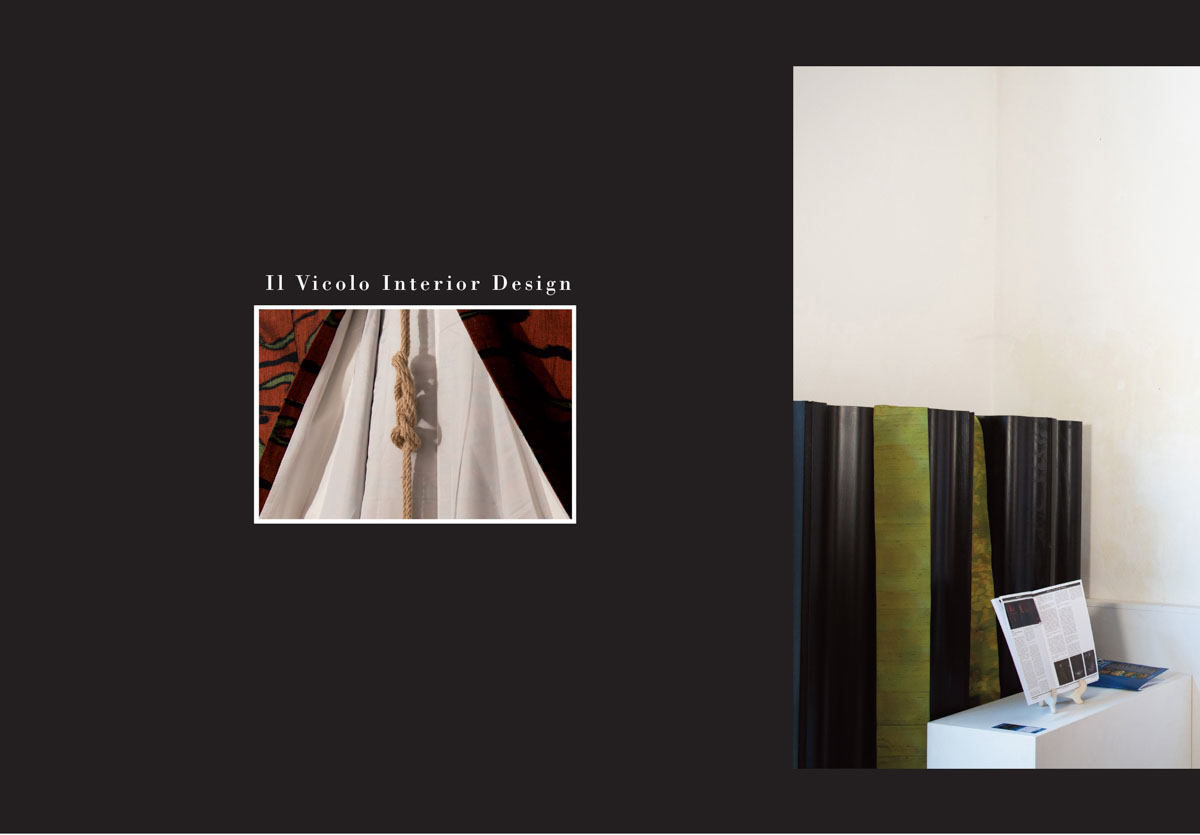
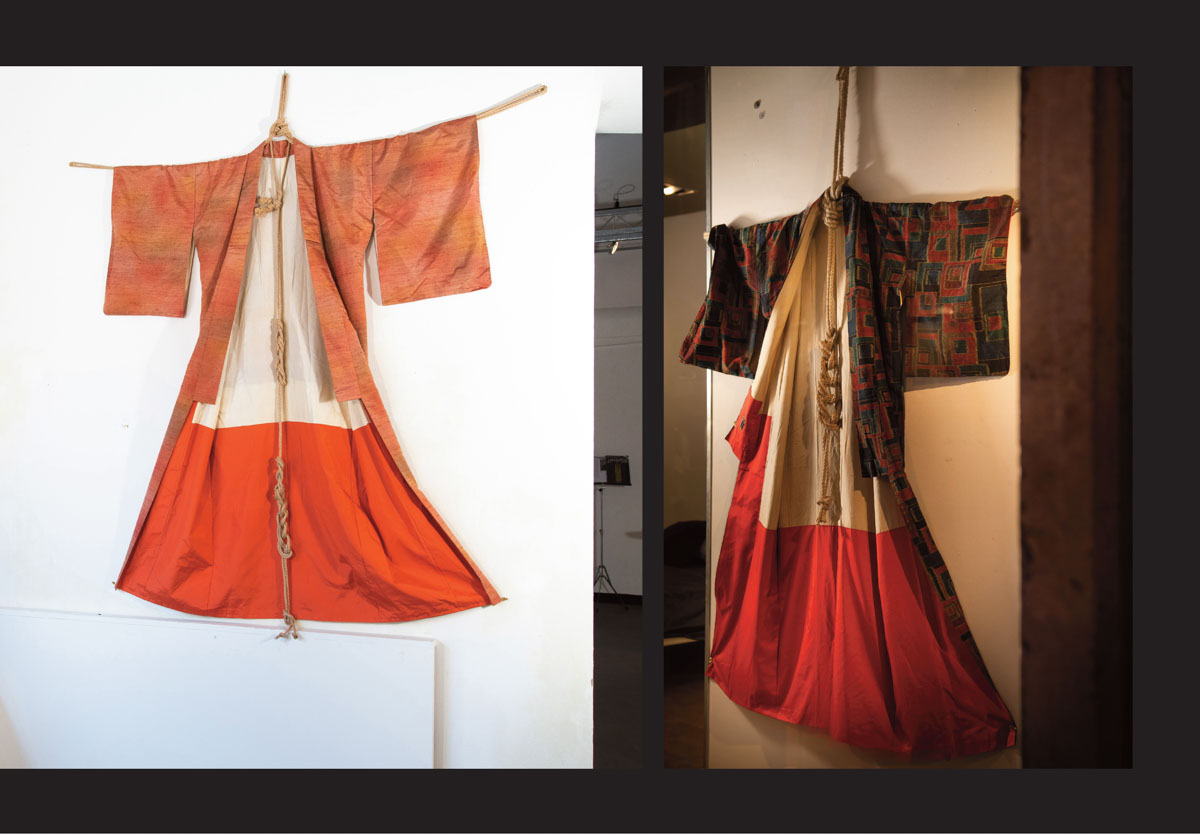
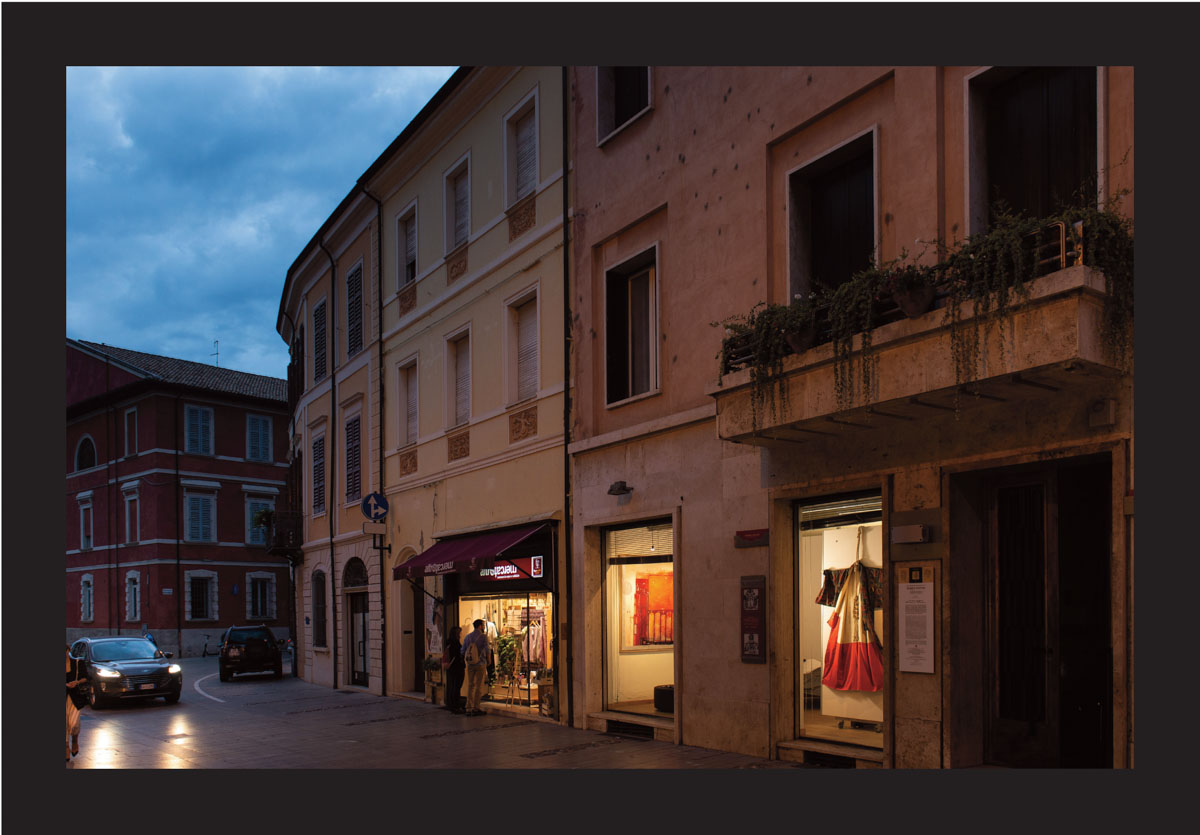
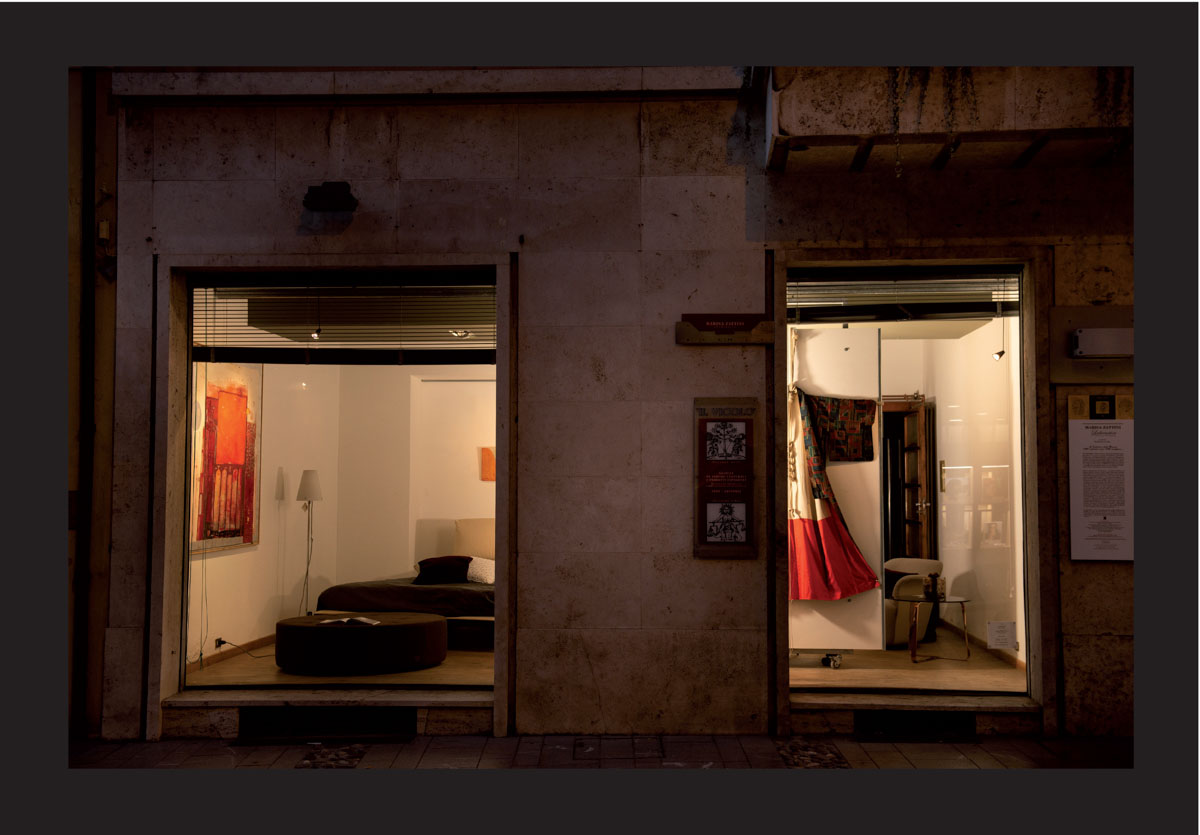
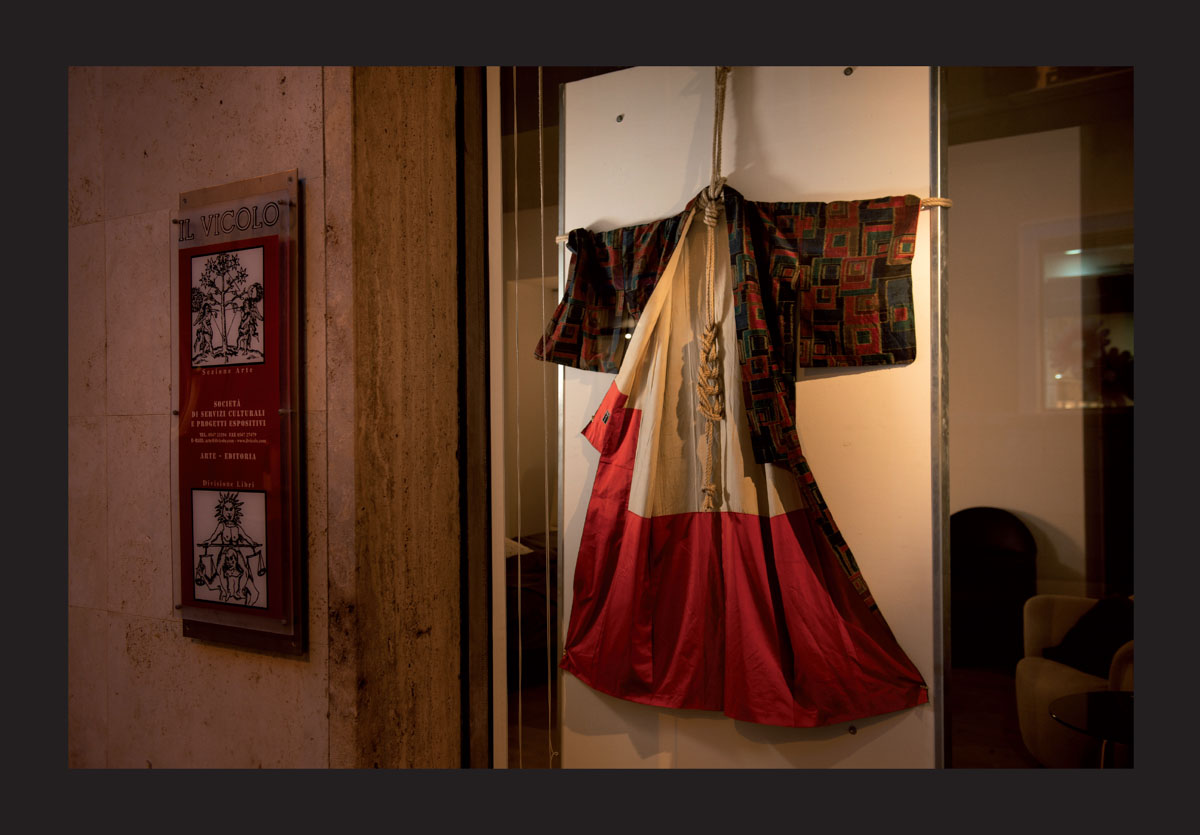
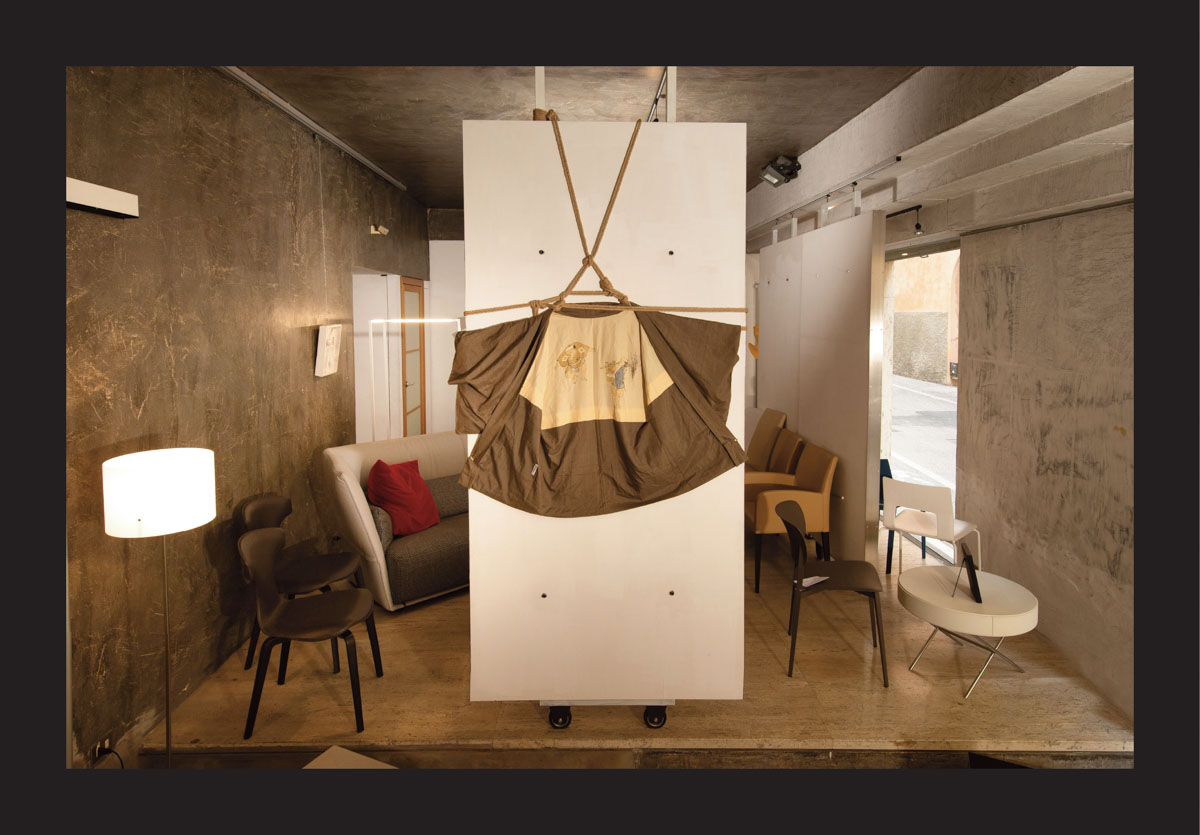


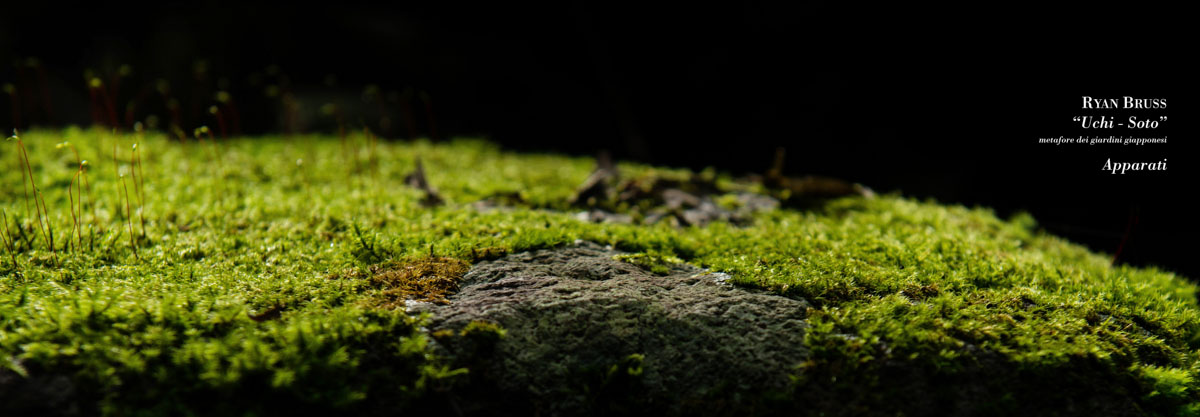
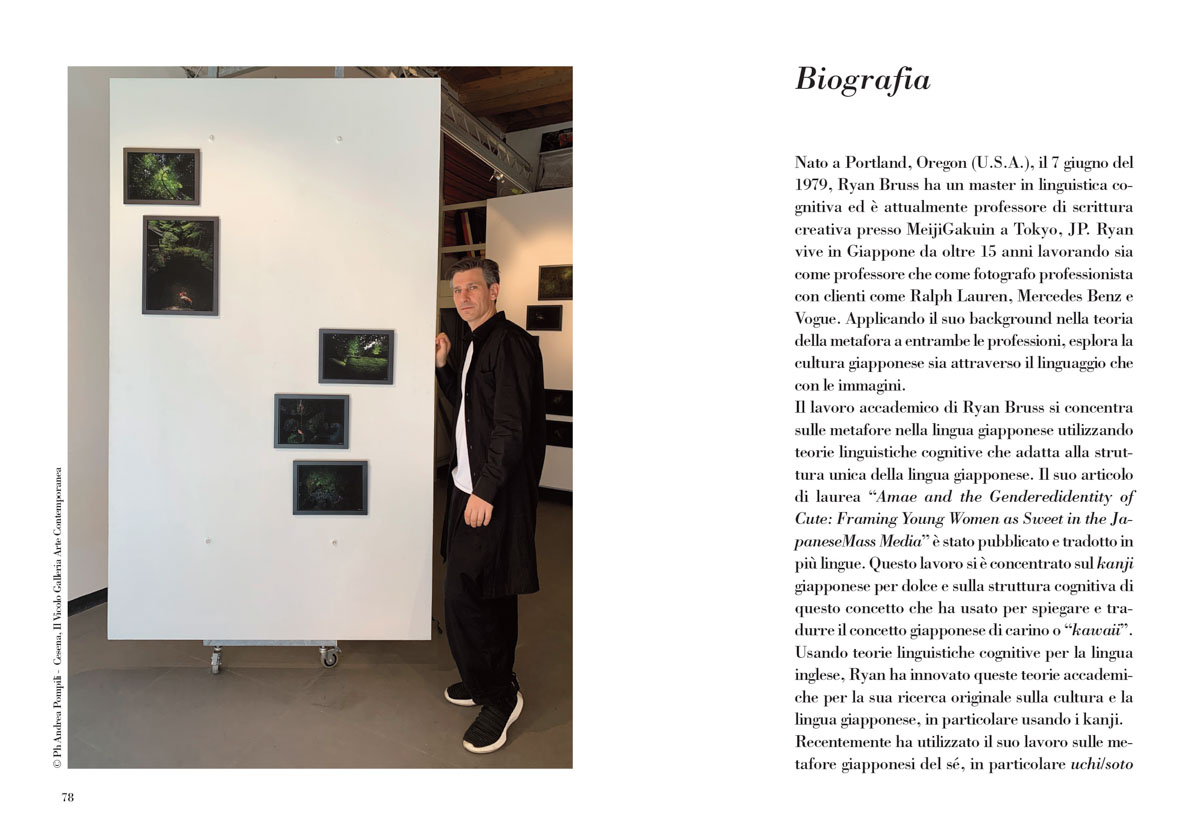
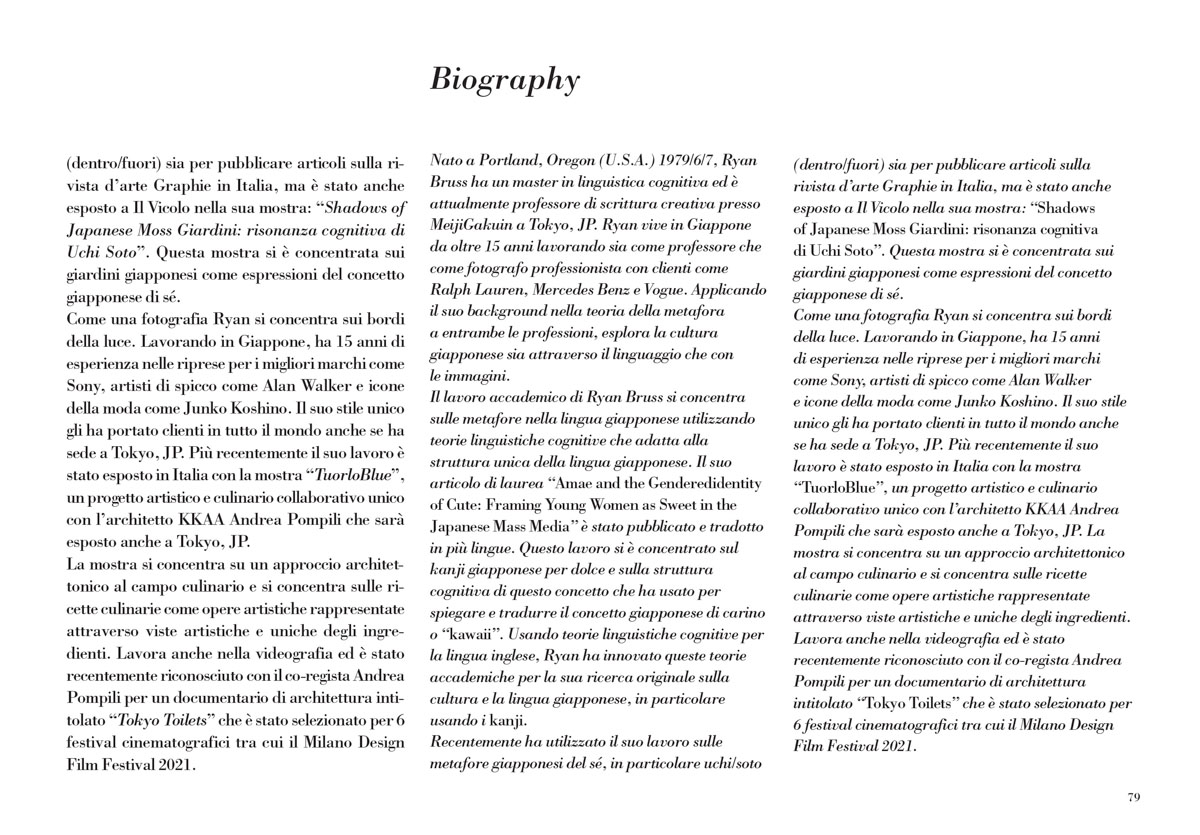
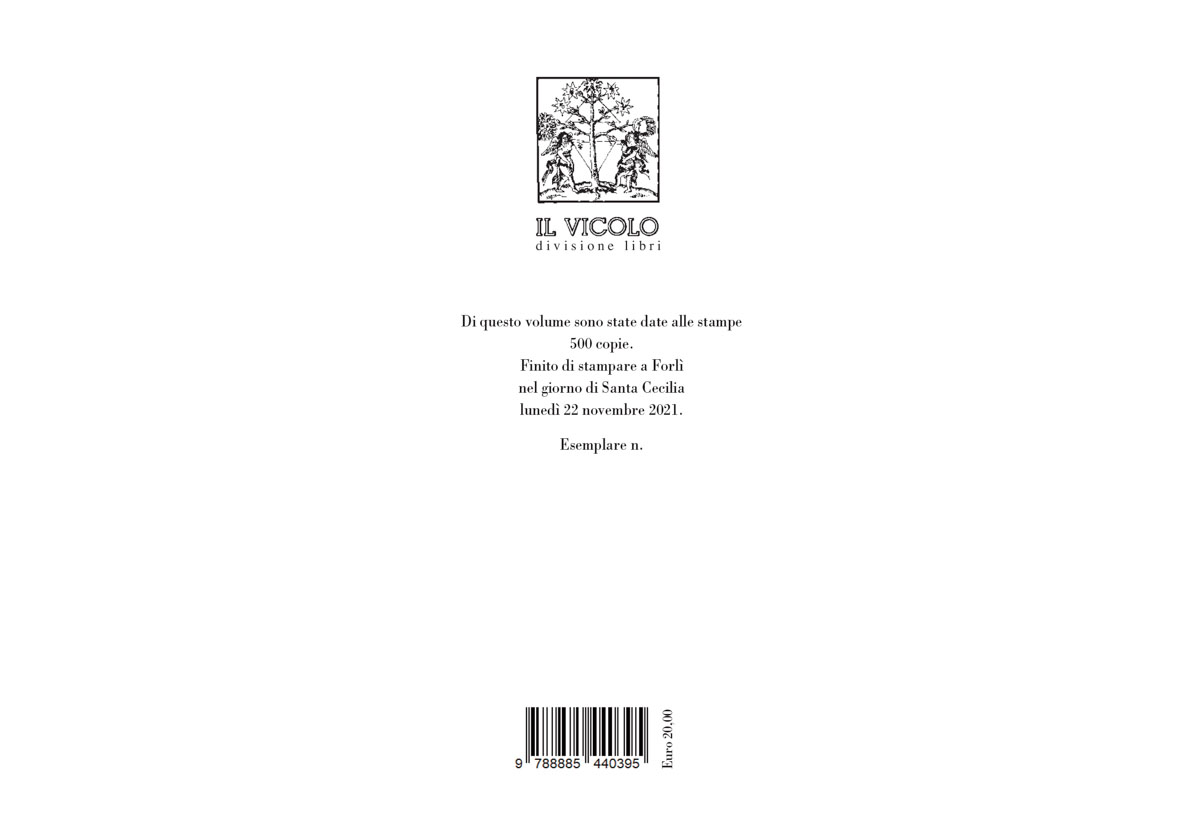

About This Project
Introduction: Metaphor and Culture
As a researcher and professor living in Japan for 15 years, I have always been fascinated by different ways of thinking. Nowhere are cultural difference more evident and available for research than our basis for thought: language. Encountering the work of Lakoff and Johnson in Metaphors We Live By, gave me a firm foundation by which to start to approach these differences. Metaphors dominate our thought. We are constantly attempting to come to grasp with concepts such as time, love, death, power, the self… essential concepts to our identity as humans, however, we cannot see or touch them. They are pure abstraction and are explained through thought and language via physical concepts which are more tangible. Time is Space is a common metaphor we all live by. In English we say “I can`t wait for next week to get here.” In Japanese, this metaphorical structure of thought is expressed not through polysemous language, but kanji. For example, the expression for the coming week is “来週” or literally “ coming-week.” In looking at Japanese discourse, I became fascinated by the concept of self and the metaphors for self in Japanese. In exploring these metaphors, I felt the influence of this divergent concept of the self across Japanese culture, but particularly in Japanese gardens. The following is an explanation of my understanding of the self in Japan and how it is expressed in the Japanese culture of gardens. As an artists, I have explored this conceptual structure through my prefered medium: photography & light. Using perspective and a dominate control of light & shadow, the photographic series “Shadows of Japanese Moss Gardens: Uchi- Soto” expresses this specific understanding of the Japanese culture of the self discovered in the shadows of Japanese gardens.
Essay: The Japanese Cultural Logic of the Self and Space: Uchi/Soto & Japanese gardens
In any discourse, there is a referential anchor that is created. The interlocutors and audience must imagine the reference point in relation to which the discourse is related spatially, temporally, socially, and psychologically. This is a universal quality of language which Benveniste refers to as the subject. “In some way language puts forth ‘empty’ forms which each speaker, in the exercise of discourse, appropriates to himself and which he relates to his ‘person,’ at the same time defining himself as I and a partner as you.” The subject is the self as understood through the discourse. The self acts as the perspective, or deictic anchor, that is the reference point for the conceptual framework which is constructed through discourse or deixis and is a culturally dependent concept with different metaphors by which the self is understood. Within the Western philosophical tradition it has long been assumed that this anchor of discourse, the self, was universal in nature and a neutral concept: I.
Japan presents a culture whose discourse and language is structured around a divergent concept of the self which has somewhat clumsily been translated as “group orientation” in the West. In the research that has been done about the self in Japan, however, uchi is a concept that is often referred to as the base for the understanding of the self in Japan. Literally translated, uchi means “internal.” In terms of a physical location, uchi is used to describe such concepts as: 内圧, 内法, 内掘, 内部, 内開き, 内池. In all of these examples the perspective is from the inside, however, the perspective can also be external such as in the following examples: 内惑星, 内野, 内陸国, 内回り, 内耳.
The usage of uchi, however, goes far beyond simply physical descriptions of the world around us and is applied understanding the physical, psychological, and social self. The self and other are described in Japanese language in relationship to this social-psychological space of involvement, uchi. The following are examples of such uses of uchi from both an internal and external perspective:
- Internal Psychological: (内気, 内観, 内向性, 内に秘めっている(気持ち))
- Internal Physical: (内科, 内臓, 内出血)
- Internal Social: (内輪, 内外, 内用, 内乱, 内国, 内通者)
- External Psychological: (内懐, 内心)
- External Social Self: (内内で, 内局, 内聞の, 内陣, 内謁, 内閣, 内祝言, 内輪)
As these examples show, the Japanese cultural logic of the self is based on the concept of uchi, which defines the self as either an autonomous social-psychological space with internal/external aspects or a unified social-psychological space. In each case the understanding of the self is based on a social-psychological context. At both a meta-semantic and meta-pragmatic level this social-psychological space is the deictic anchor of Japanese discourse and language which re-defines Benveniste’s concept of the subject.
In defining the concept of the self in terms of uchi, there are two important entailment’s within discourse. The subject as constructed in Japanese discourse: 1) has a movable ego, or perspective, that shifts within the context of uchi; 2) The self (and other) are located in a fluid social-psychological space of either inclusion or exclusion. Uchi as the deictic anchor redefines the concept of deixis as the location and identification of persons, objects, events, processes, and activities being talked about, or referred to, in relation to the fluid spatial, temporal, social, and psychological context created and sustained by the act of utterance and participation in it by the interlocutors and addressee(s) present. The Japanese system of personal pronouns also reflects the Japanese logic of self in referring to uchi not I as the subject. The words for I (僕、私、おれ、わし、われ、内 ) and You ( あなた、きみ、あんた、おまえ、てめえ、おのれ、貴様) all define a different perspective on uchi and where the interlocutors are located in relationship to this space. In a meta-semantic and meta-pragmatic analysis of Japanese subject, object, and reflexive personal pronouns, the meaning of the Japanese system of referencing the subject can only be understood in terms of uchi.
Uchi/Soto & Japanese Gardens
It is in this definition of the subject as uchi that Japanese gardens begin to make sense and reveal their nature as expression of the Japanese cultural logic of the self: uchi. Walking through the tiny door at the entrance forces one to bow down and the self, the referential anchor of discourse, is redefined. The wooden gate at the entrance is small and constrictive delineating the garden as an inside space. One`s concept of self is forced into a new understanding, one that is based on the concept of uchi, in this case a social-psychological space of inclusion. Indeed several of the terms which use the concept uchi refer to this experience, 内開き and 内池. The door opens to an internal physical, social, and psychological space.
Upon entering, you are surrounded not by freedom as in a western garden created with the cultural concept of I, but a deep intimate psychological space that defines precisely where you are, where you are to go, and how you are to observe. There are no views, no vistas to distract. Instead ones perspective is forced down and in. This is one aspect highlighted in this photographic series, the perspective is primarily towards the ground, deep in details of the stones and moss. These stones are placed so that each step is defined, your conscious and unconscious unified with those who have walked here before you. The moss and nature in general is meticulously groomed and defined. Deep and green, the moss is delicate, moist, and only to be observed, not stepped on. It is meticulously groomed by the gardeners of this space to fill the inner garden with an intimate silence. A silence to be experienced as part of a psychological uchi, aligned with all those who have also been here within the confines of the garden in accordance with the will of the designer and keepers of the garden.
This silence and depth is felt in the lighting of the photographs which are wrapped in shadow. Light is let in but carefully and intentionally as the gardener who intentionally grooms the moss. The light and shadows play on the idea of that which is revealed and hidden, that which is inside and out. This darkness, these shadows, are an important element of the photography series and a common theme in Japanese homes which are closely connected with the concept of uchi. In Praise of Shadows by Tanizaki, explains that the true beauty of Japanese lacquerware is revealed in the shadows and dim-light of the traditional Japanese house. “Darkness is an indispensable element of the beauty” says Tanizaki. The concept of uchi and darkness are deeply connected, at the physical level, but also conceptually. An uchi space, whether one is referring to a home or garden or the self or social group, is dark and private.
A culture which defines the self as autonomous, as free, and individual would never create a garden such as this which distinctly defines the self through silence, intimacy, and constraints, and darkness. While a Western garden is easily viewable and open to interaction, a Japanese garden hides, and reveals through a play of light, shadows, and winding paths that never openly speak of its nature but play with the concept of self and secrets. The photographs in the accompanying exhibition “Shadows of Japanese Moss Gardens: Uchi- Soto” focus on this secret of Japanese gardens, showing these gardens as a social-psychological spaces based on the Japanese cultural logic of the self, uchi. Here the Western concept of I is absent, devoured by the silence and shadows of the moss and unmoving stones that allow only one path, leading to an experience of the self as defined by this definitive Japanese dichotomy of uchi/soto.
This photographic series created to emphasize the shadows and concept of self hidden and silent in these sacred spaces of Japan.
[1] Benveniste, Emile. Problems in general linguistics. (Gables, Fla.: University of Miami Press, 1971), p.227.
[2] Bachnik, Jane and Quinn, Charles. Situated Meaning: Inside and Outside in Japanese Self, Society, and Language. (New Jersey: Princeton University Press, 1994), p. 75.
[3] Bachnik, p.75.
[4] Benveniste, p.226.
[5] Tanizaki, Junichiro. In Praise of Shadows. (London: Vintage Press, 2001), p.23

